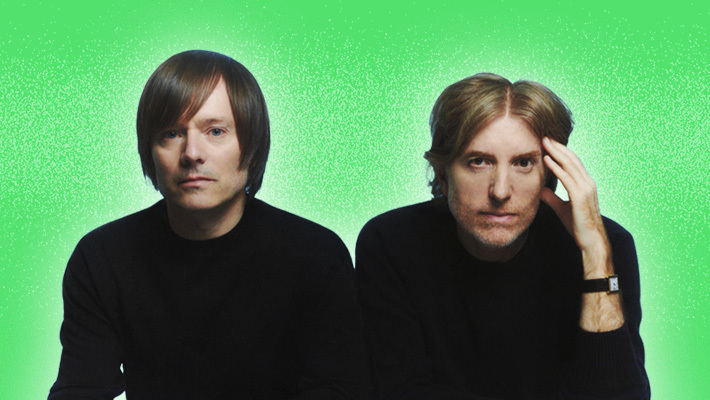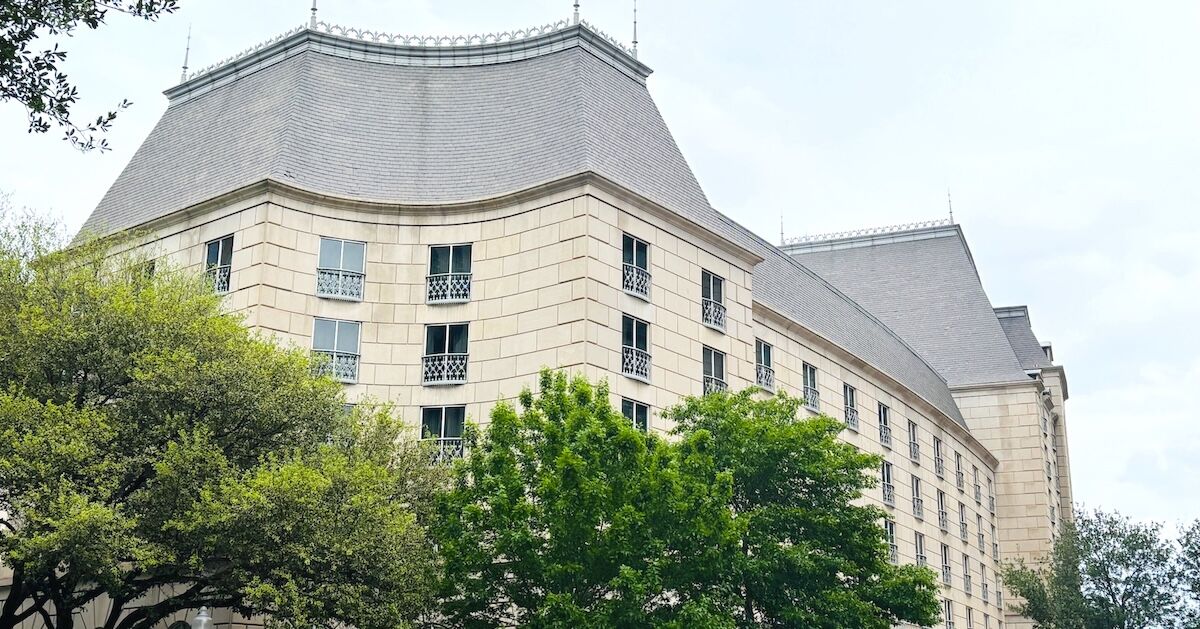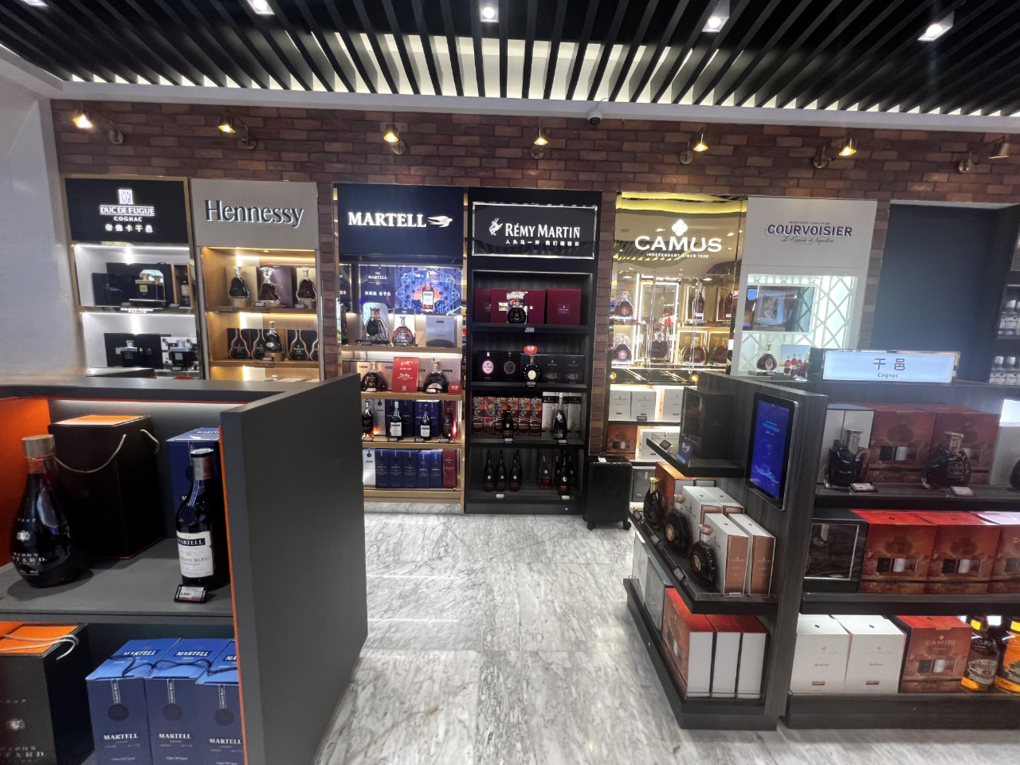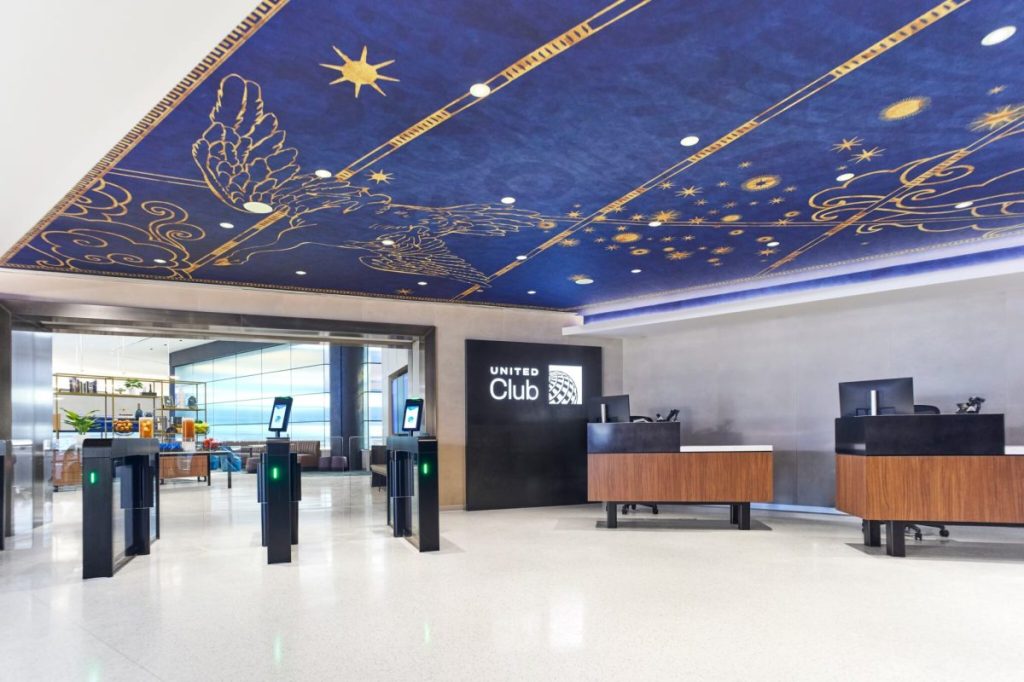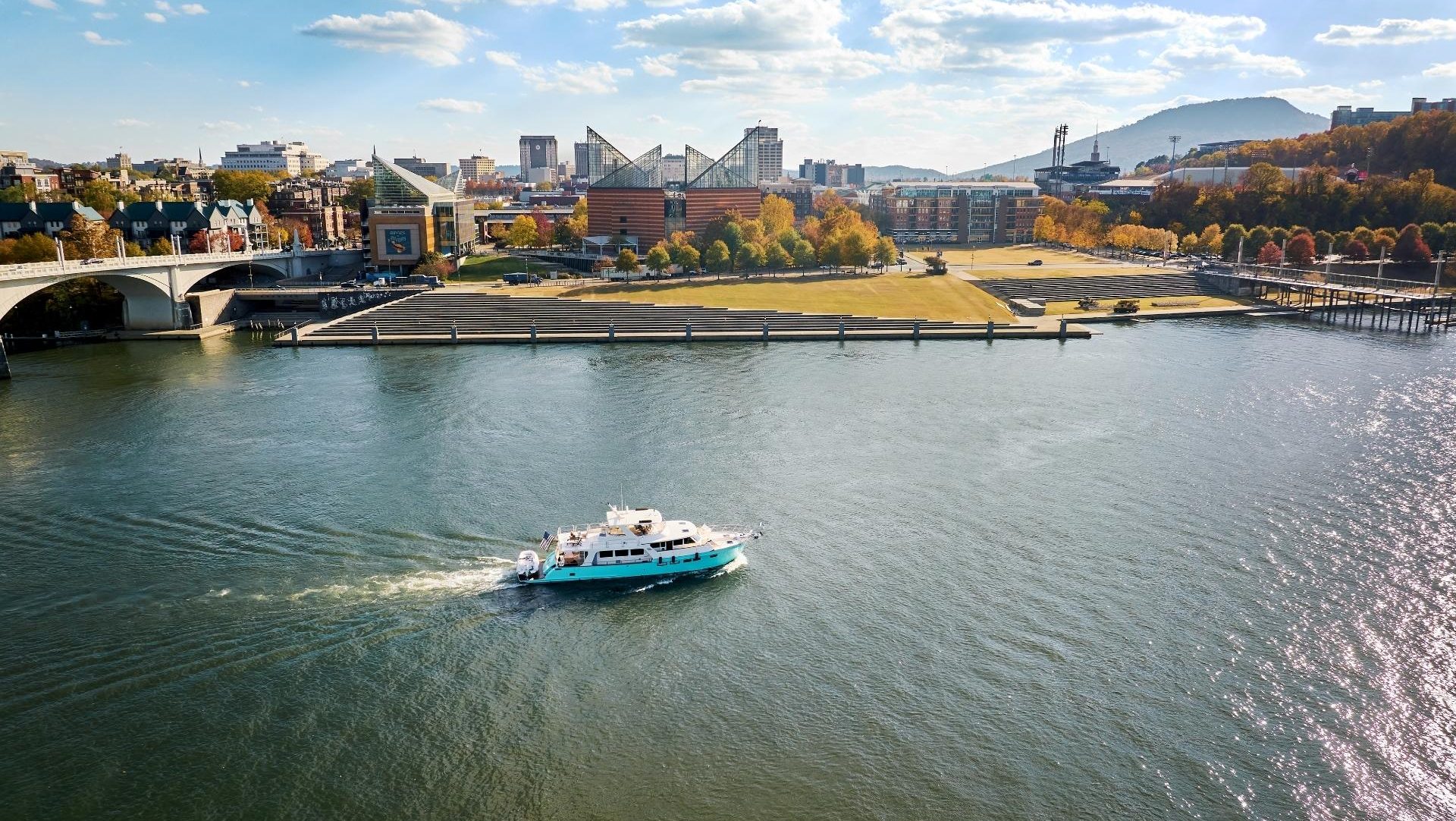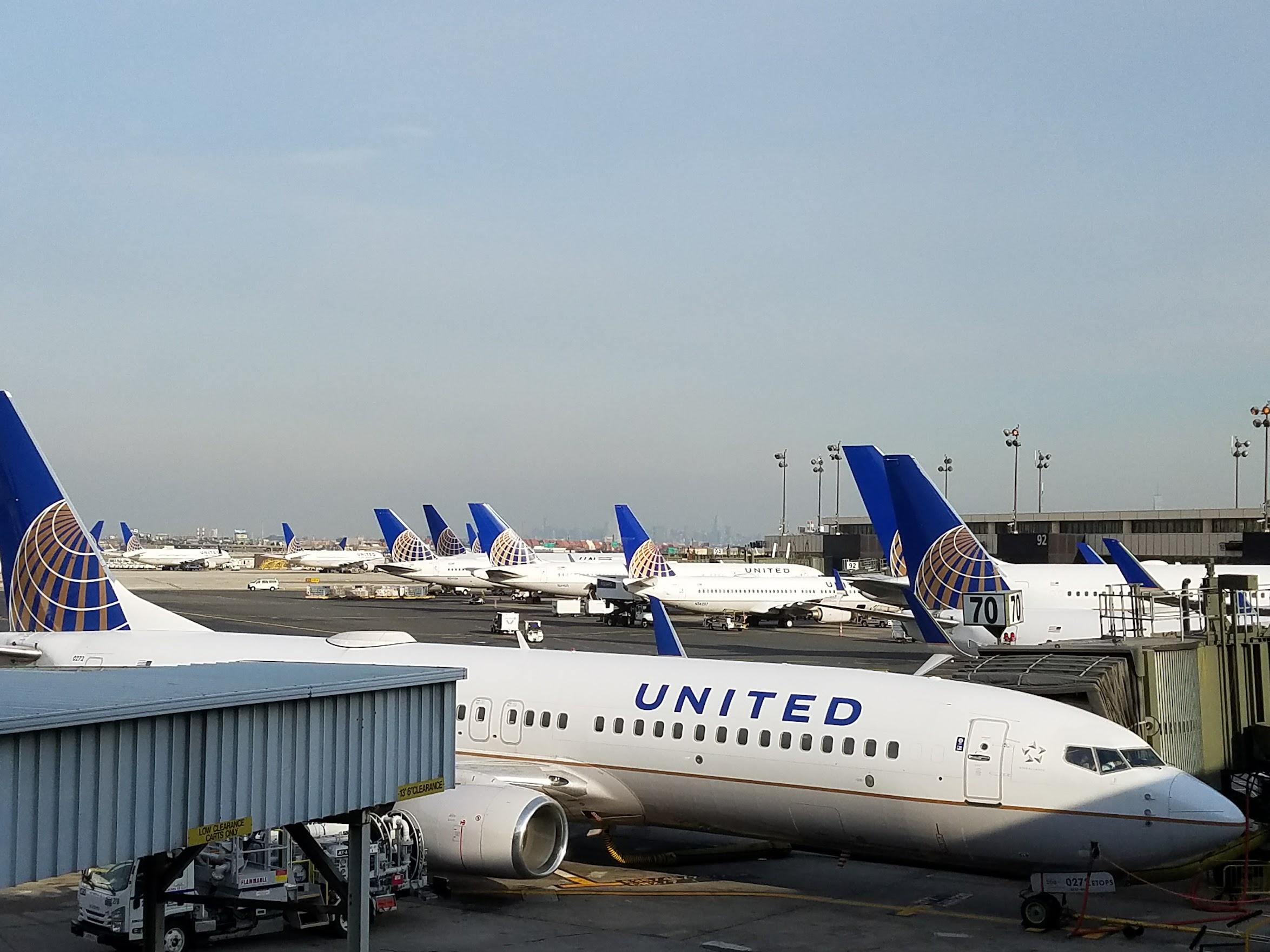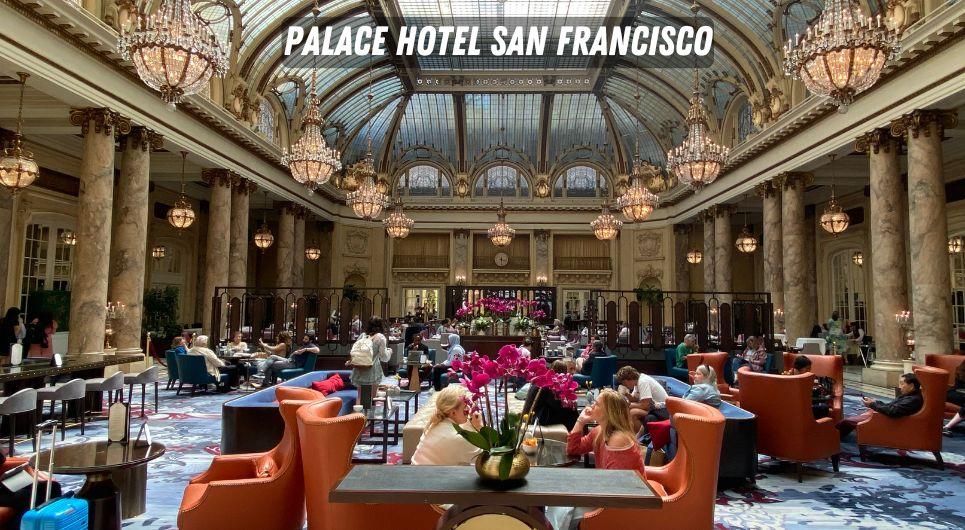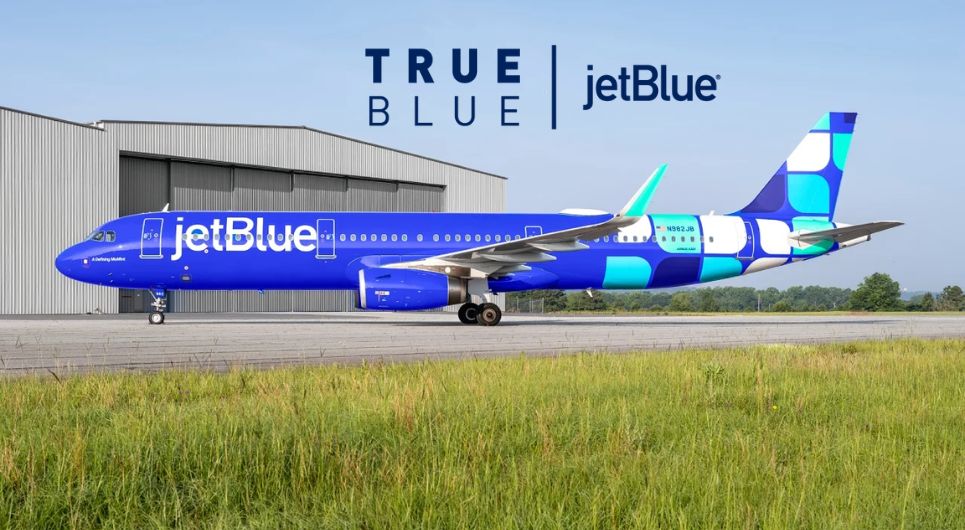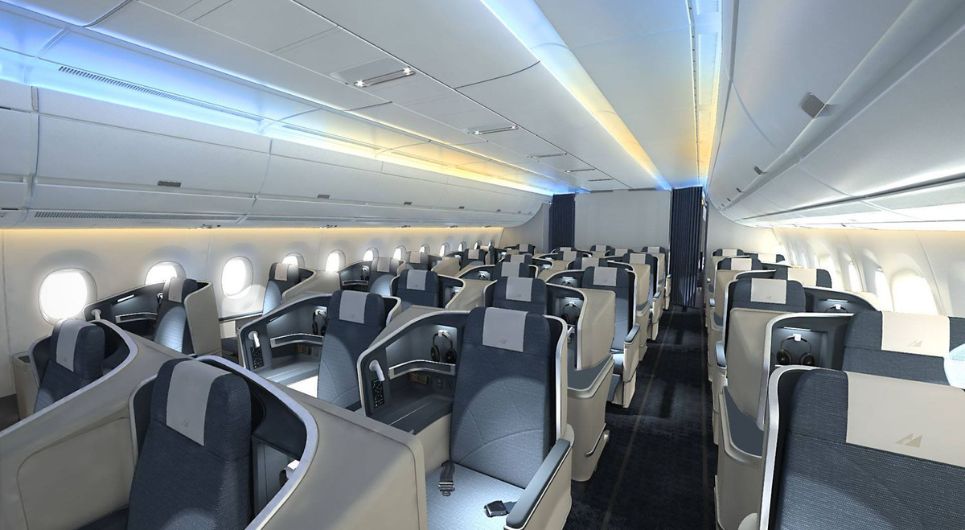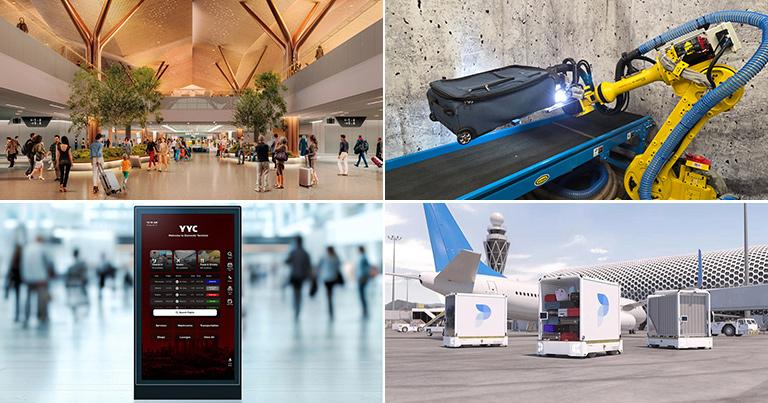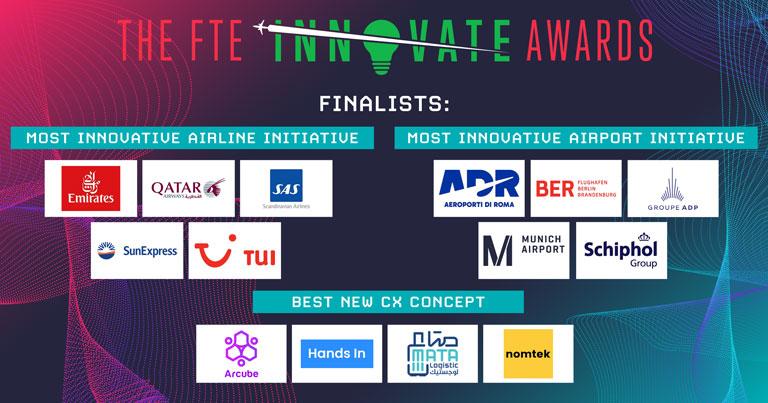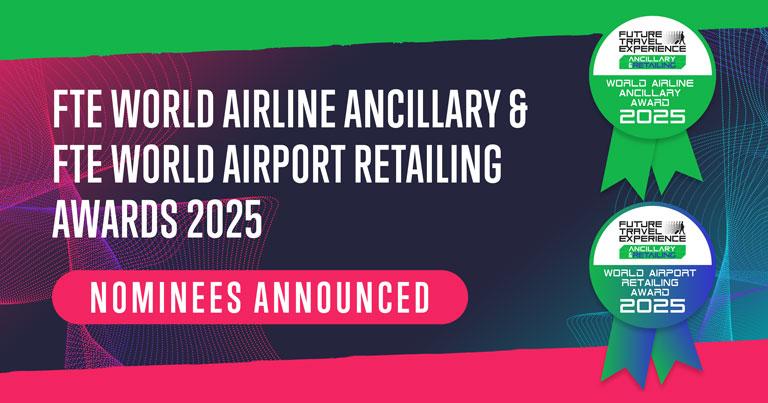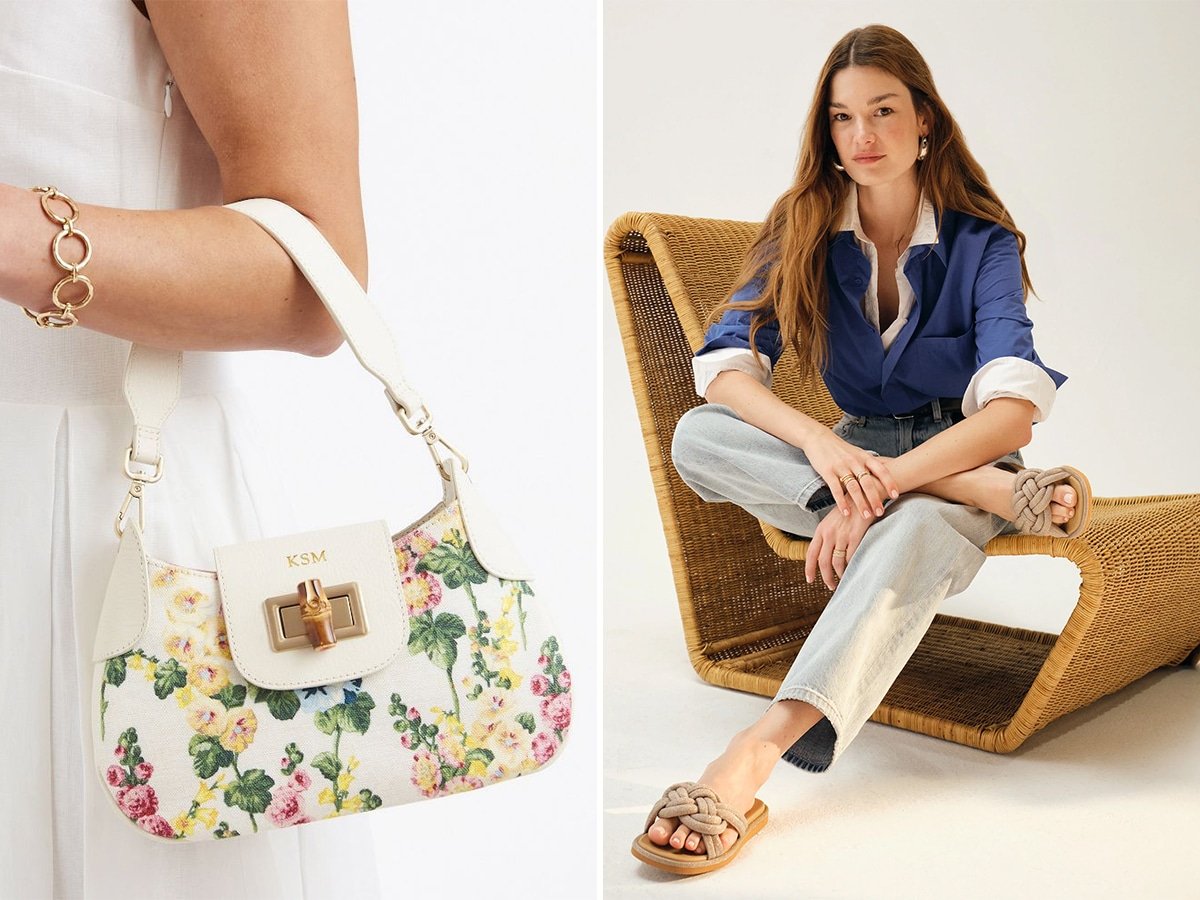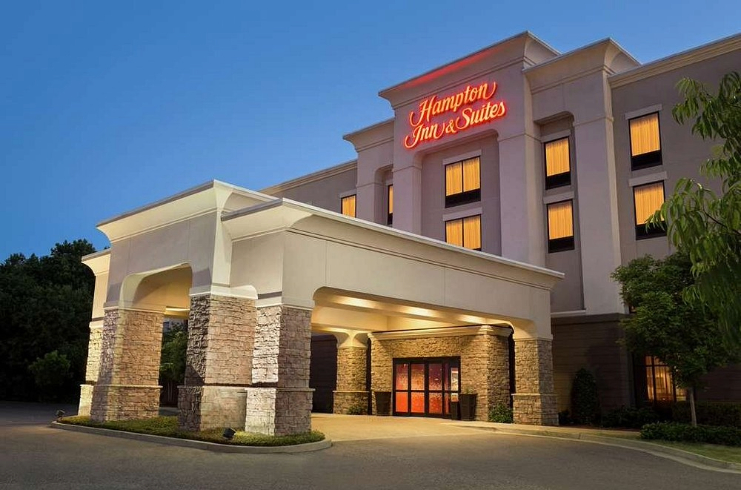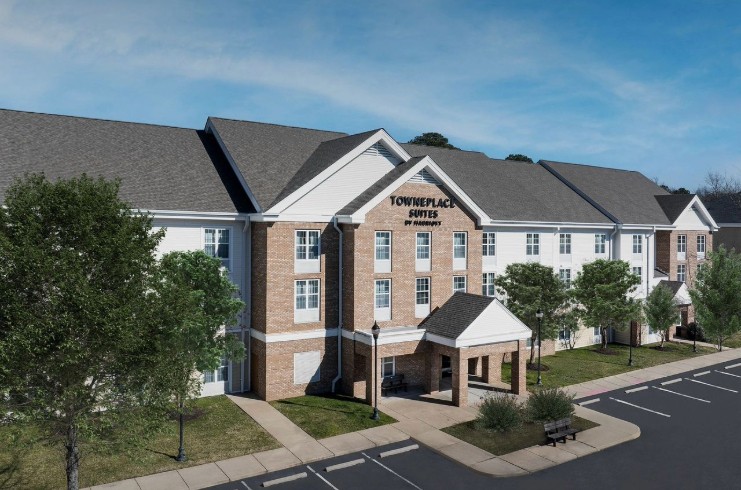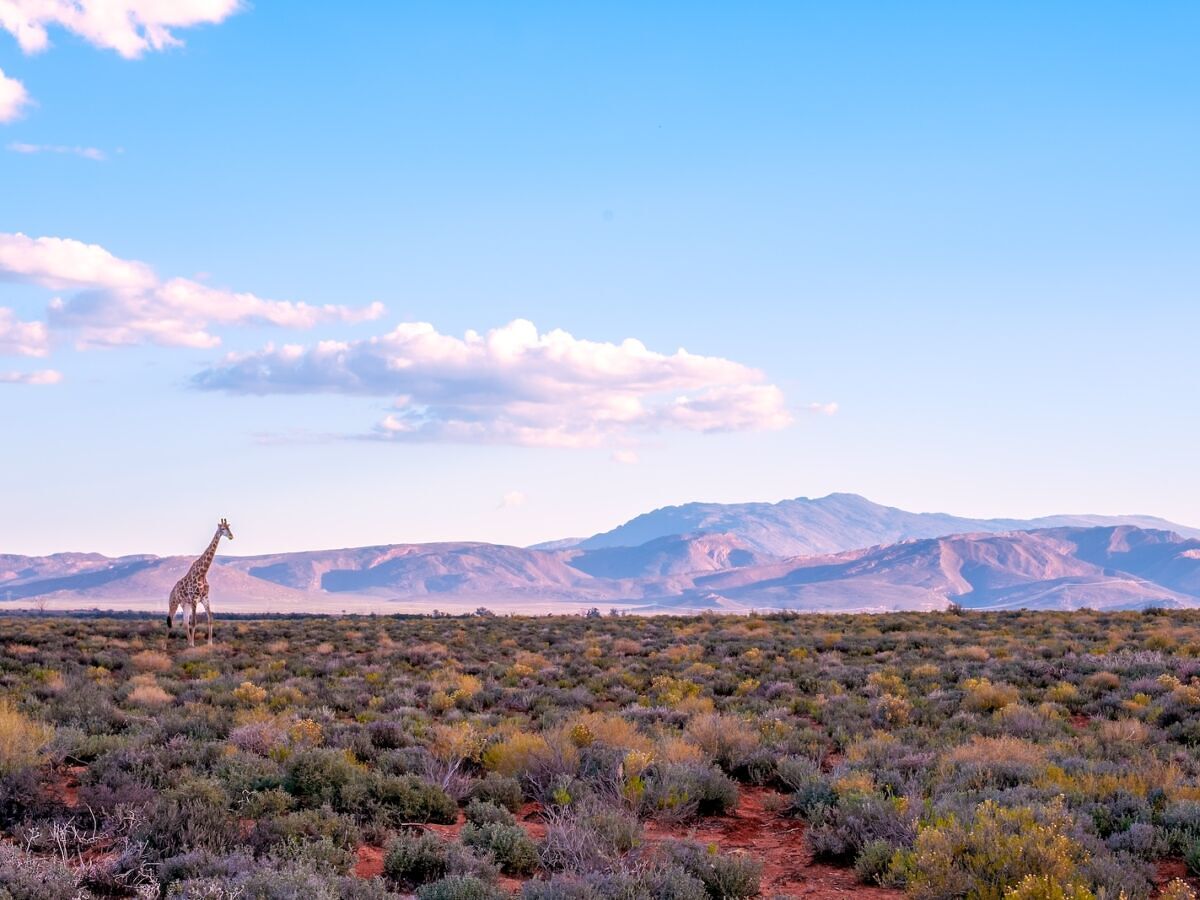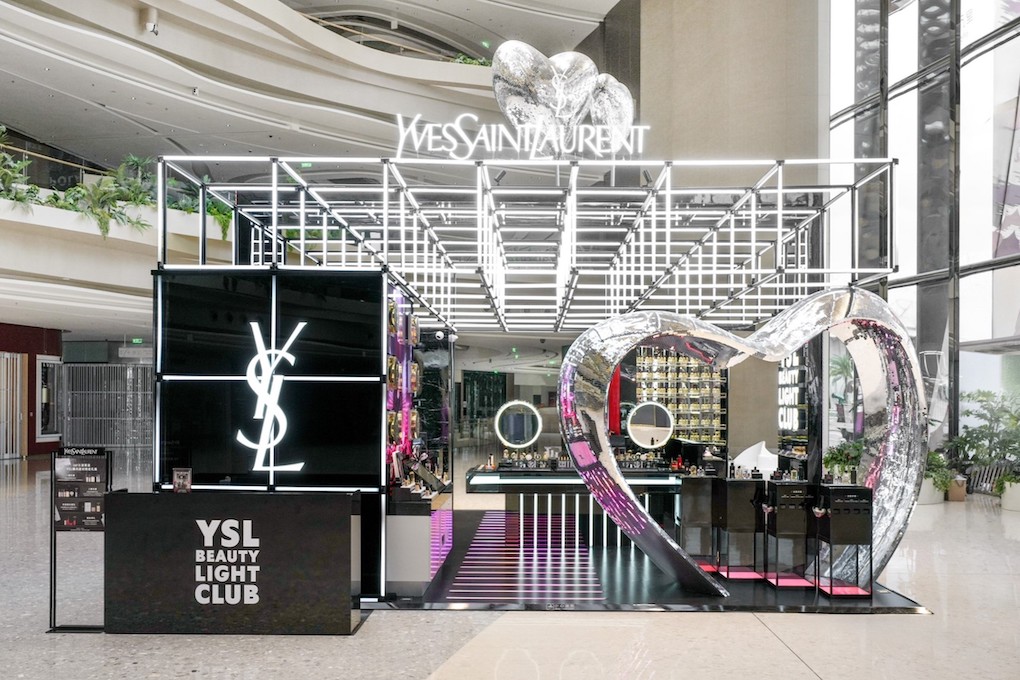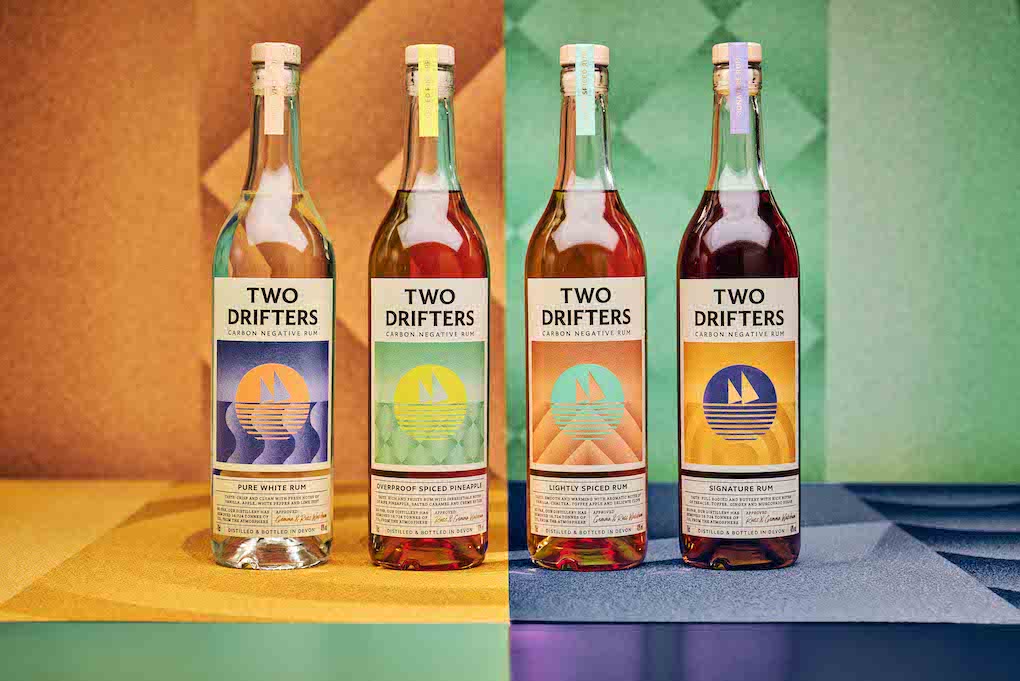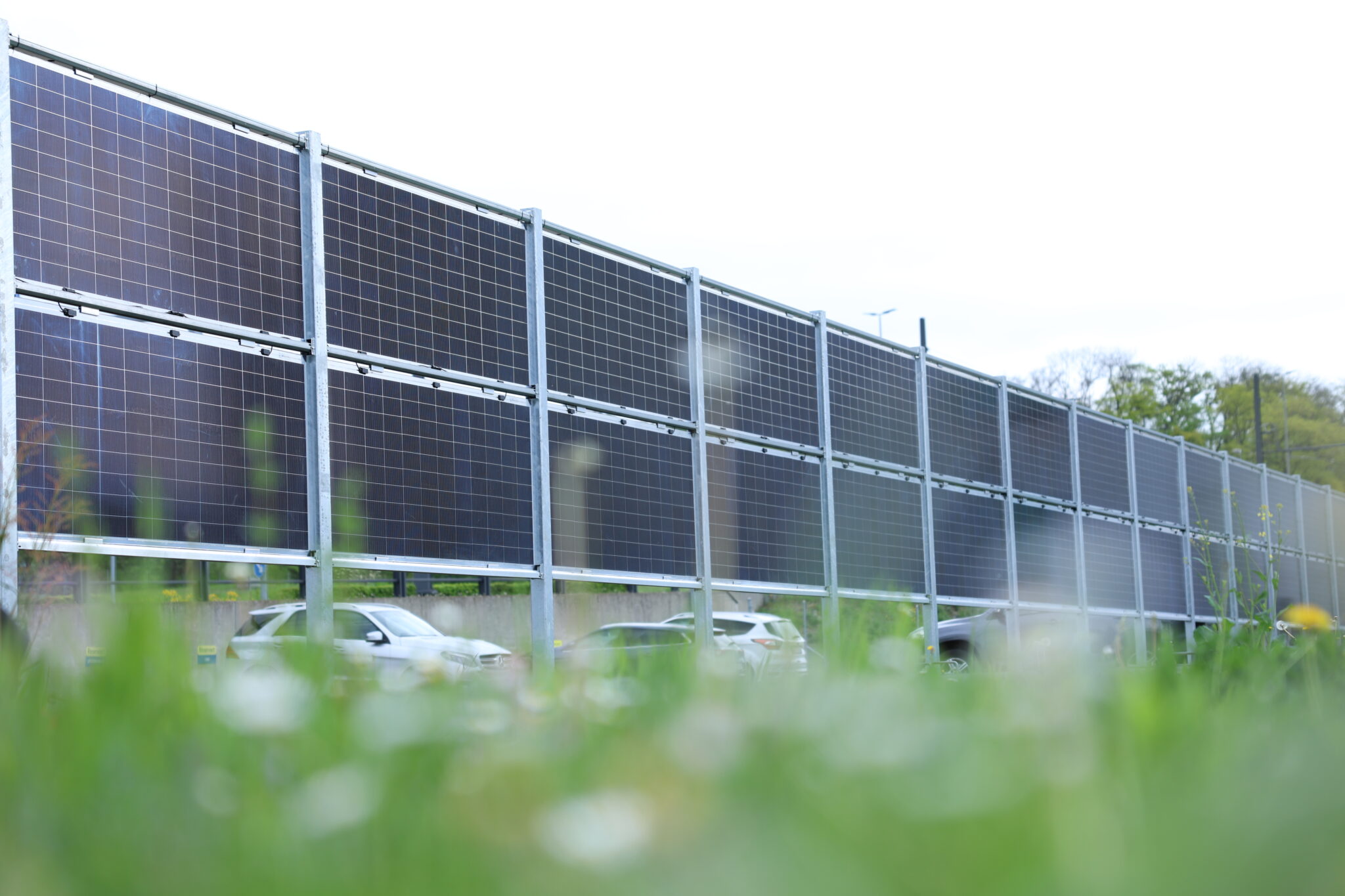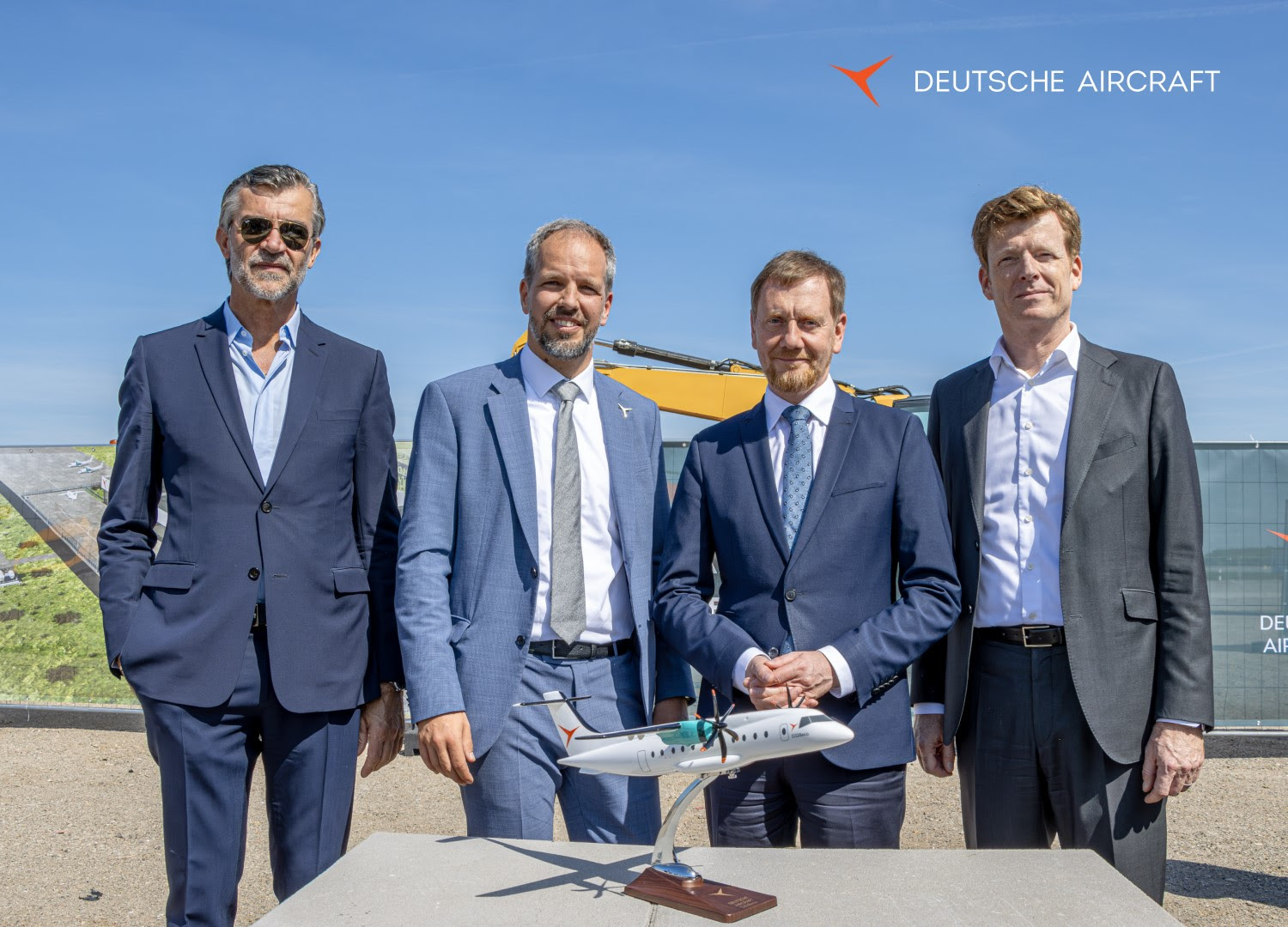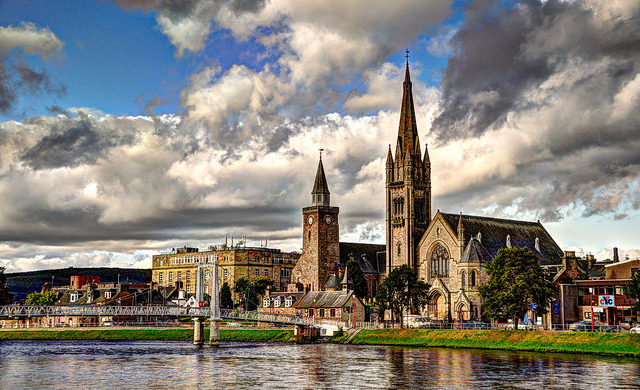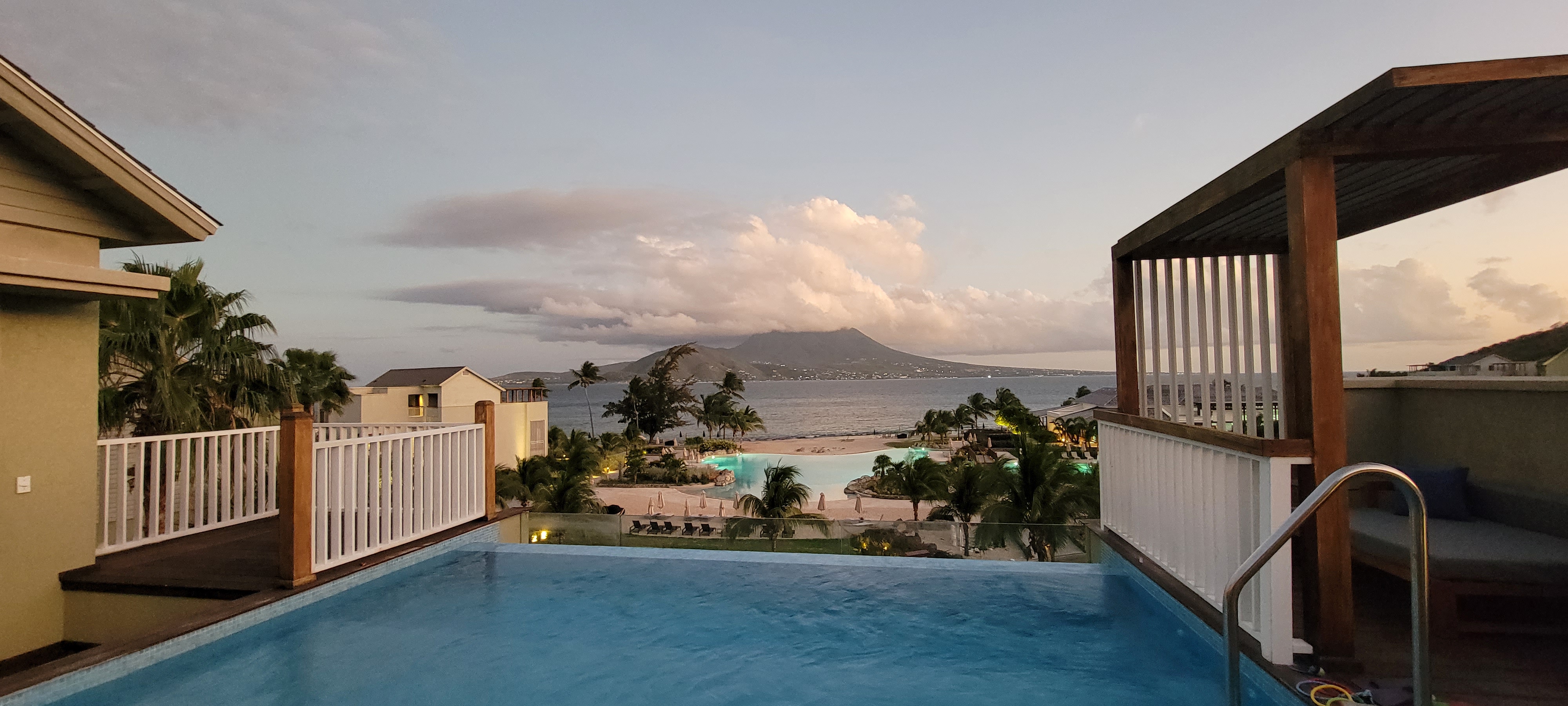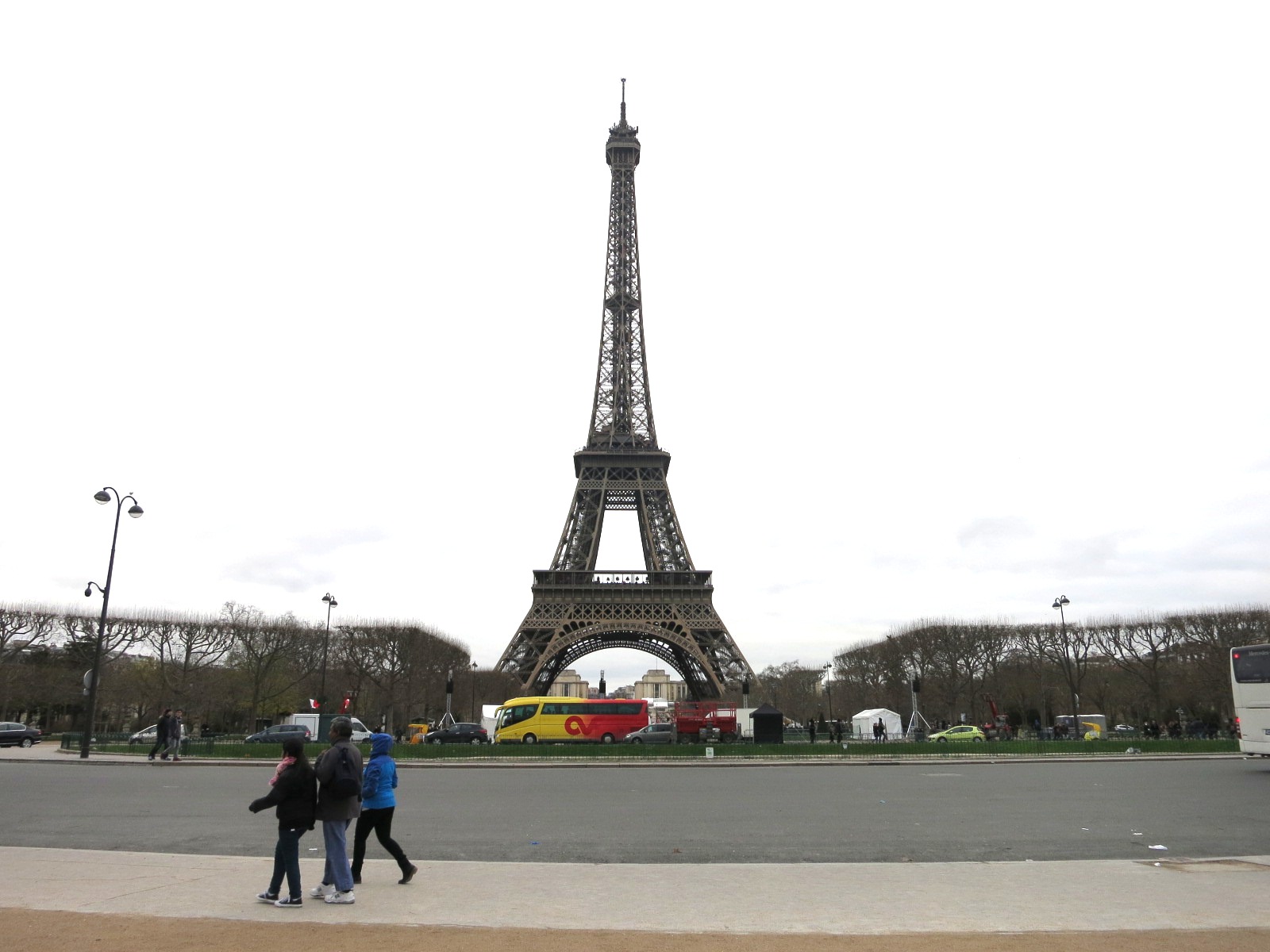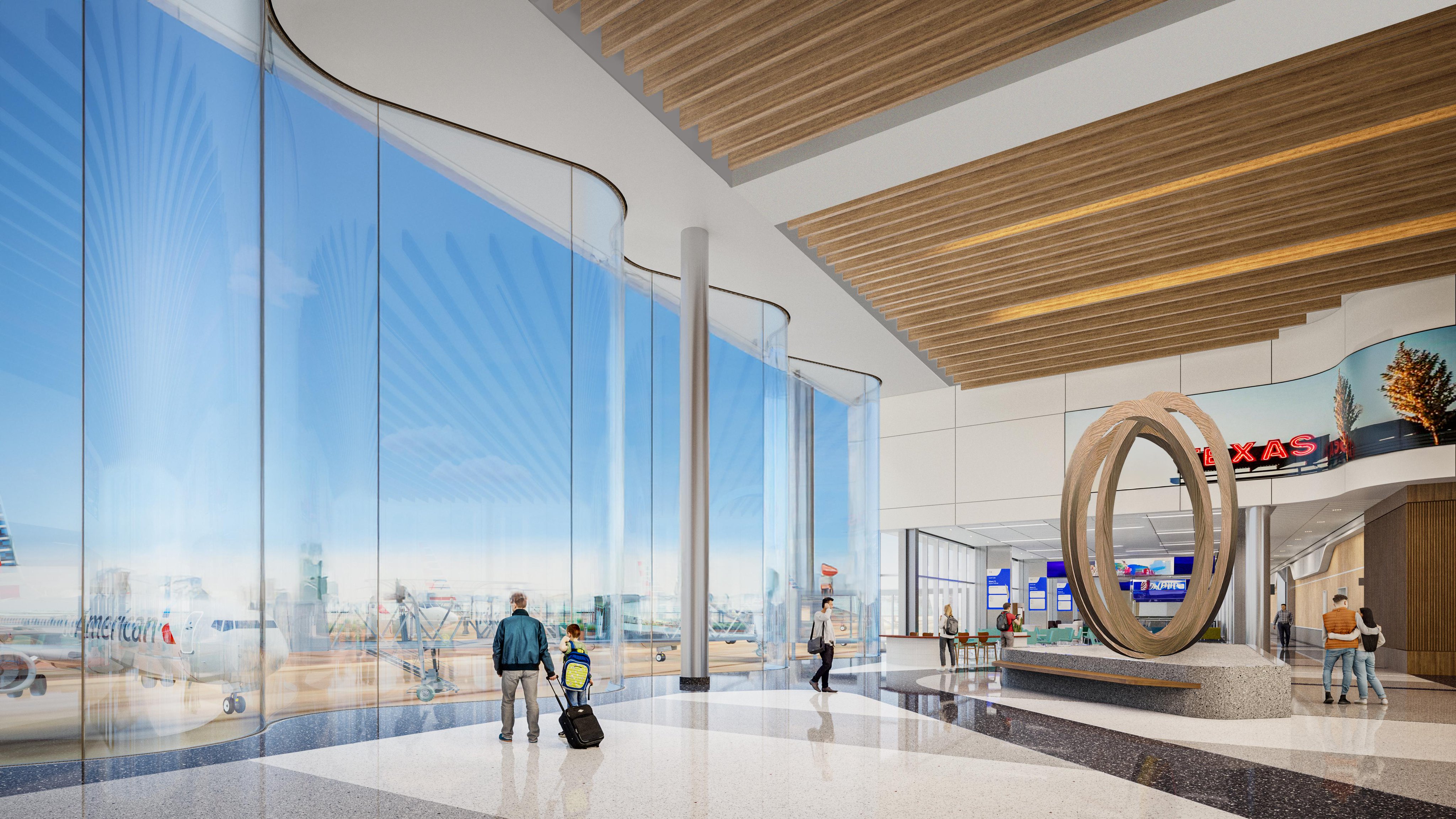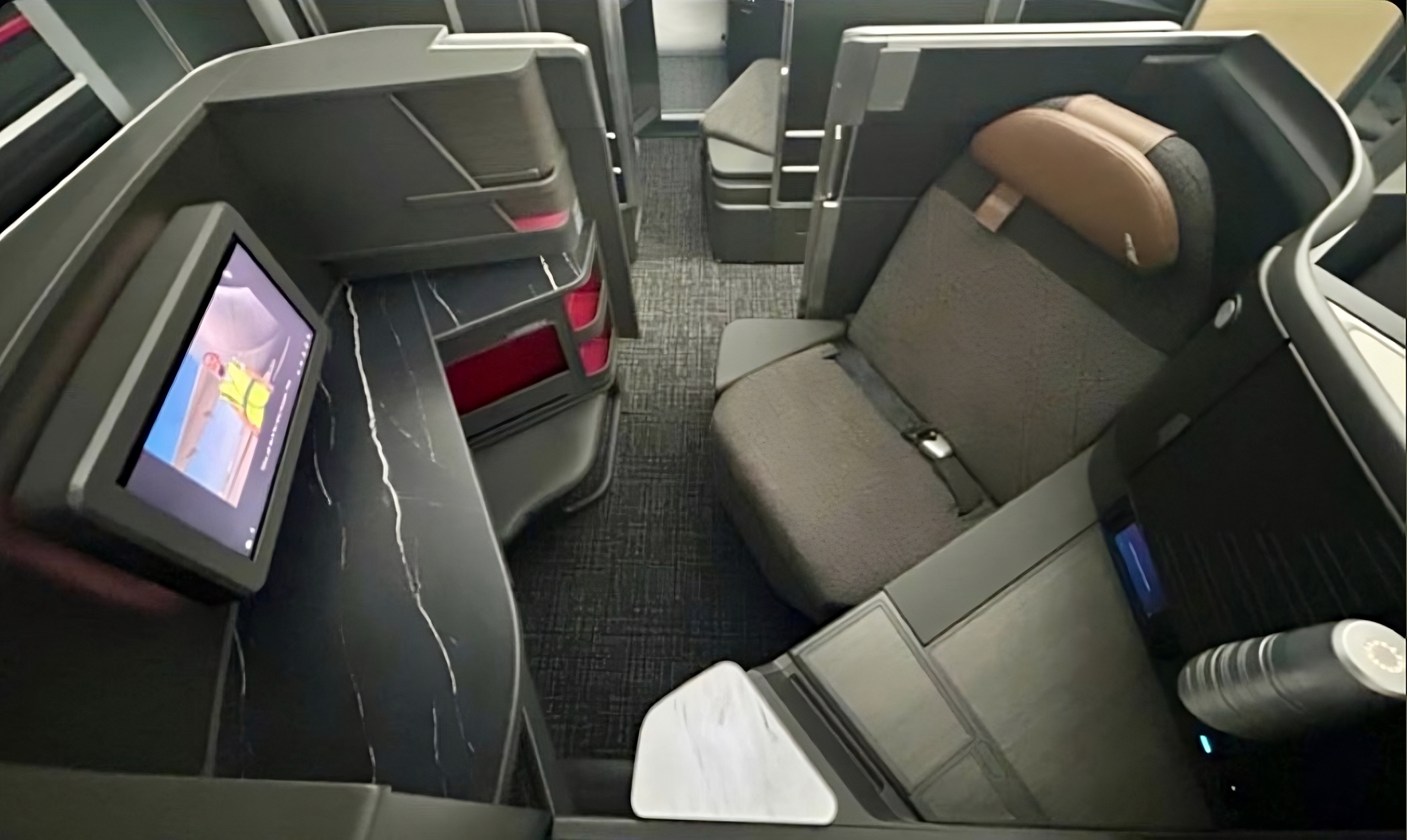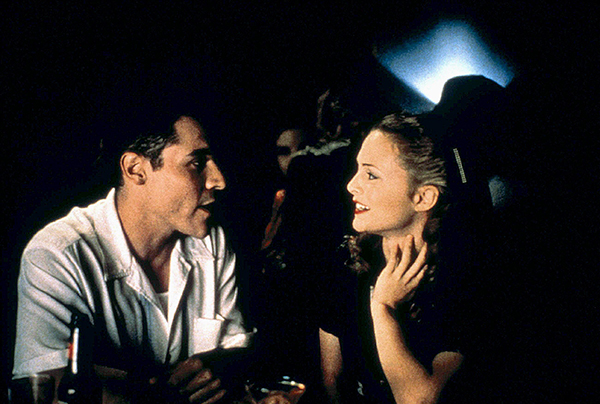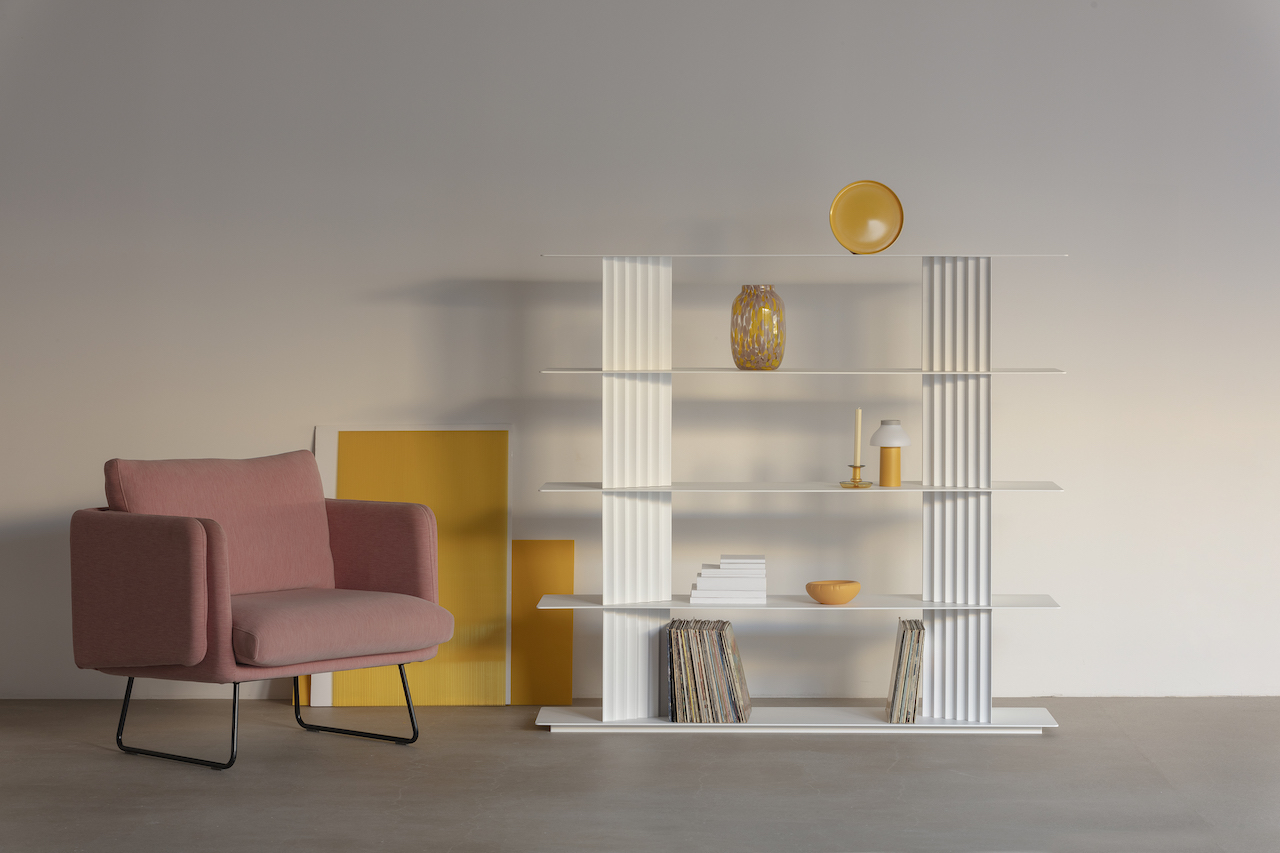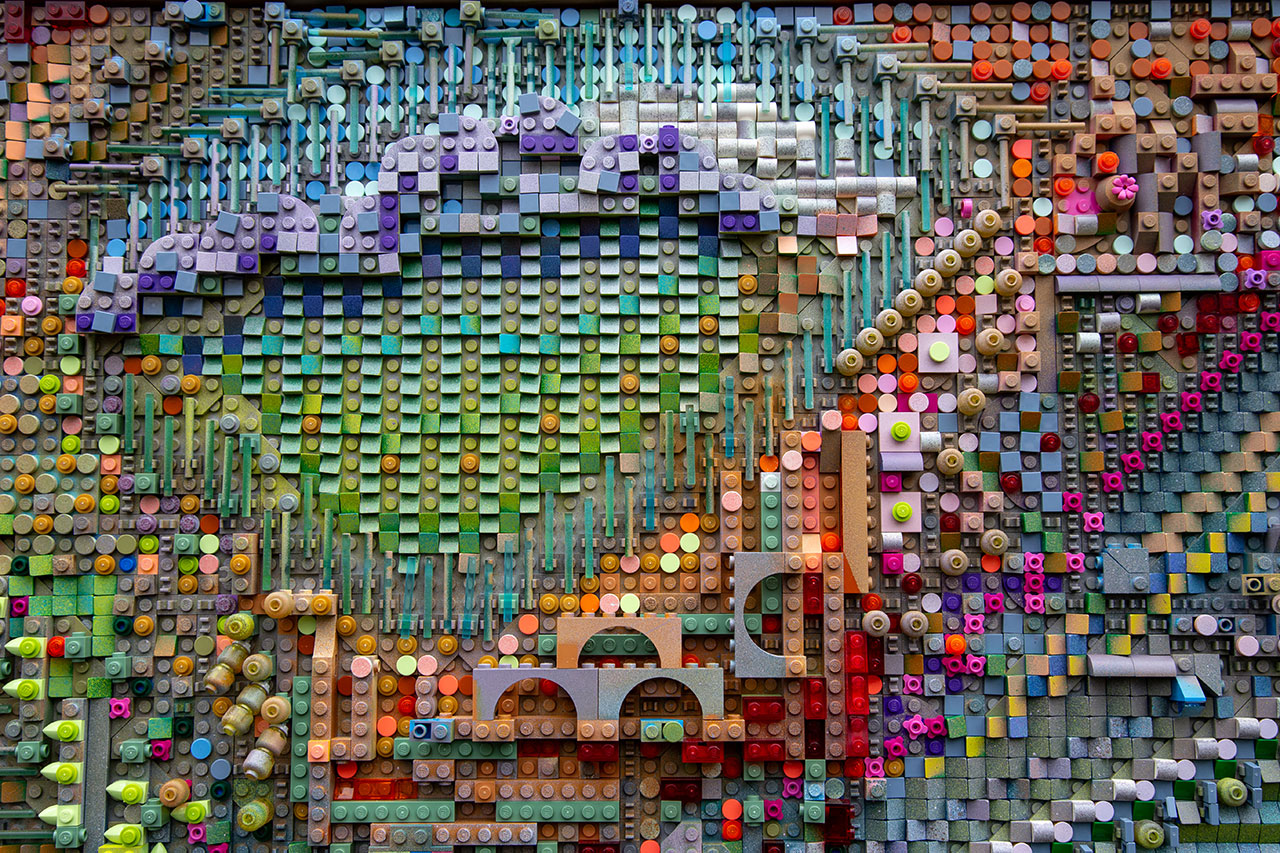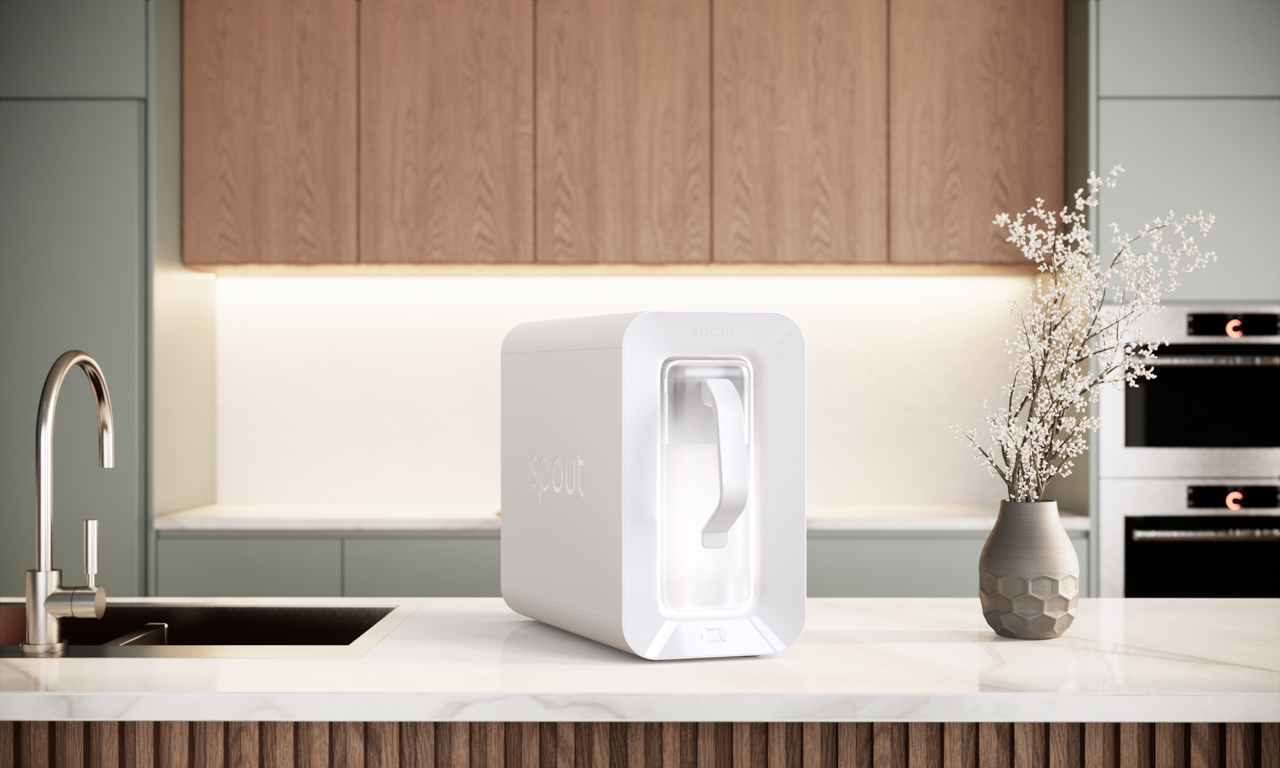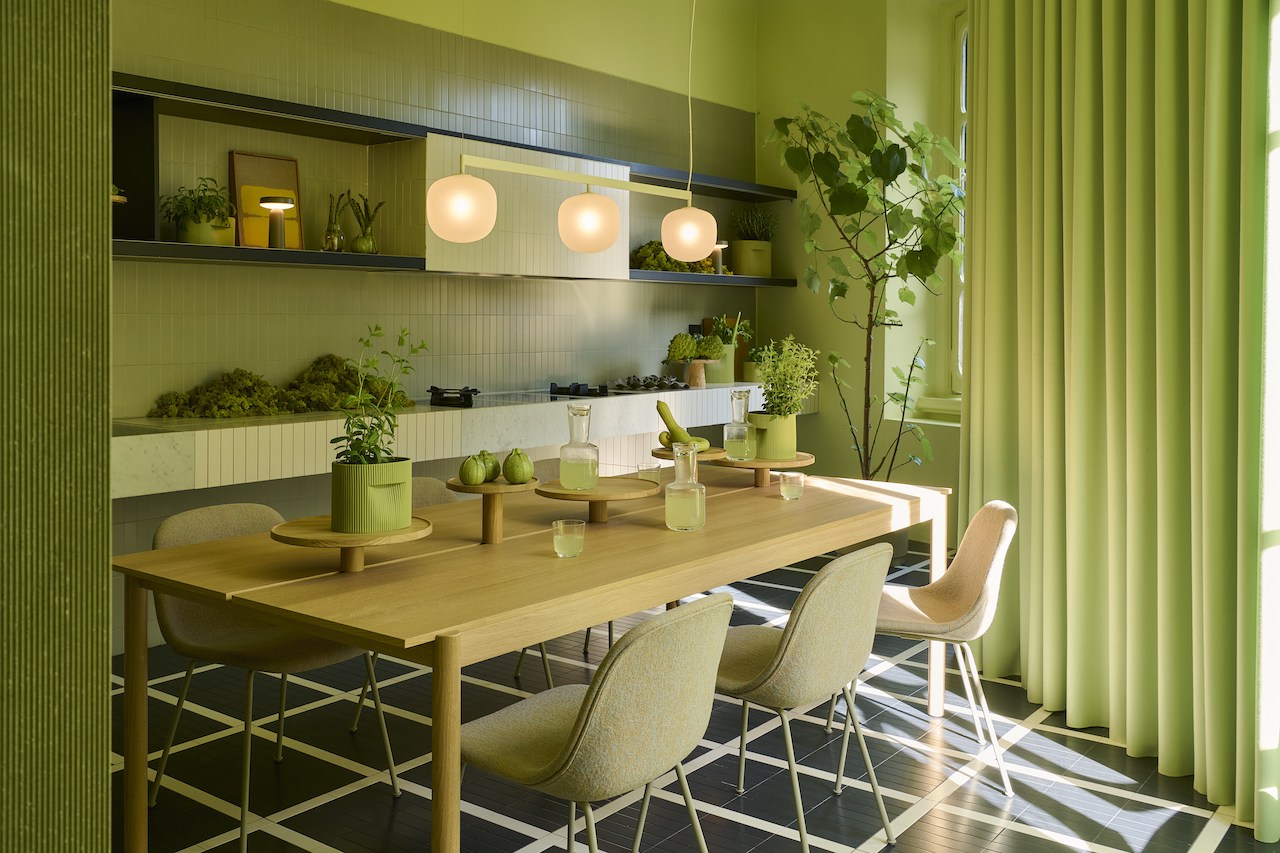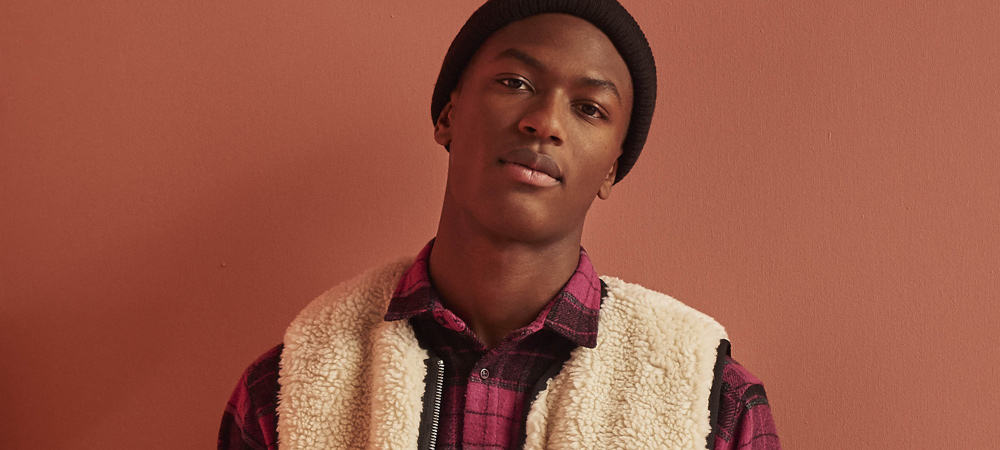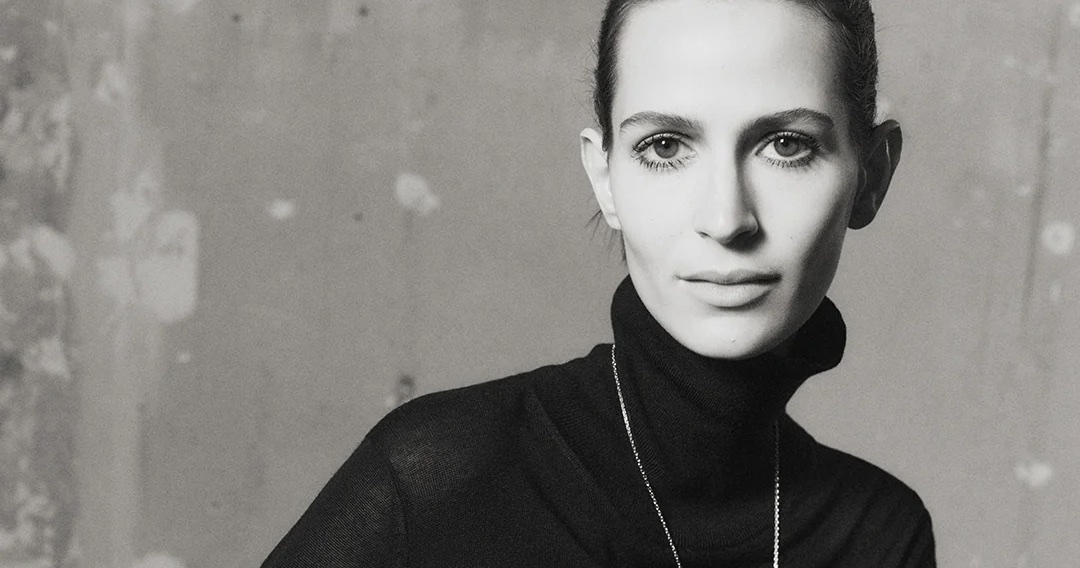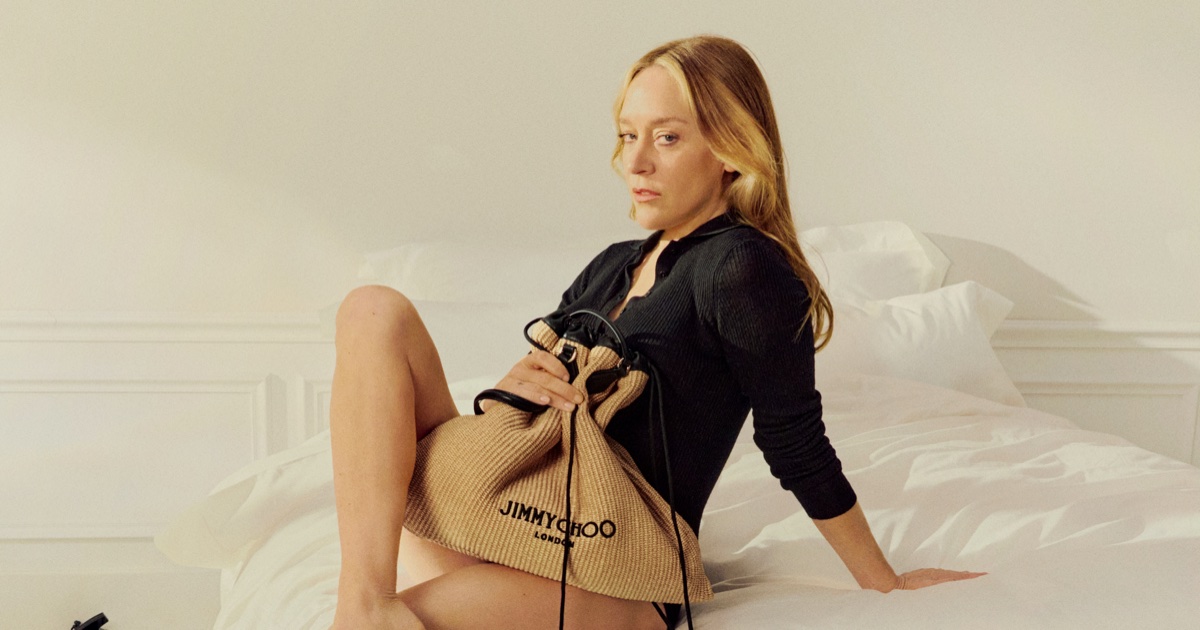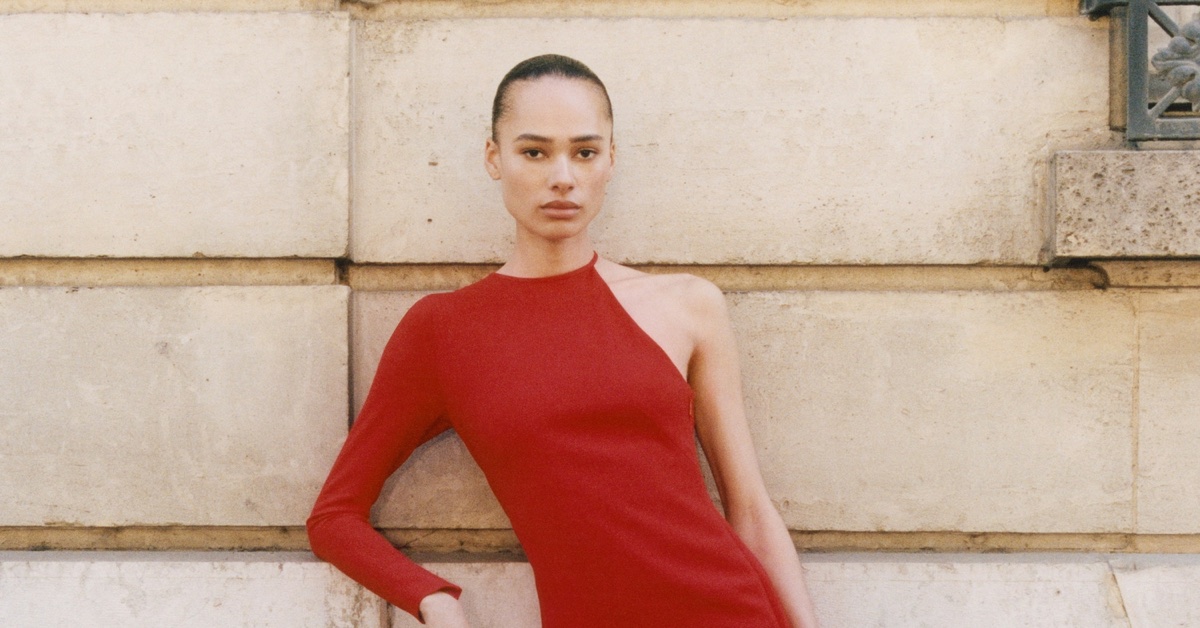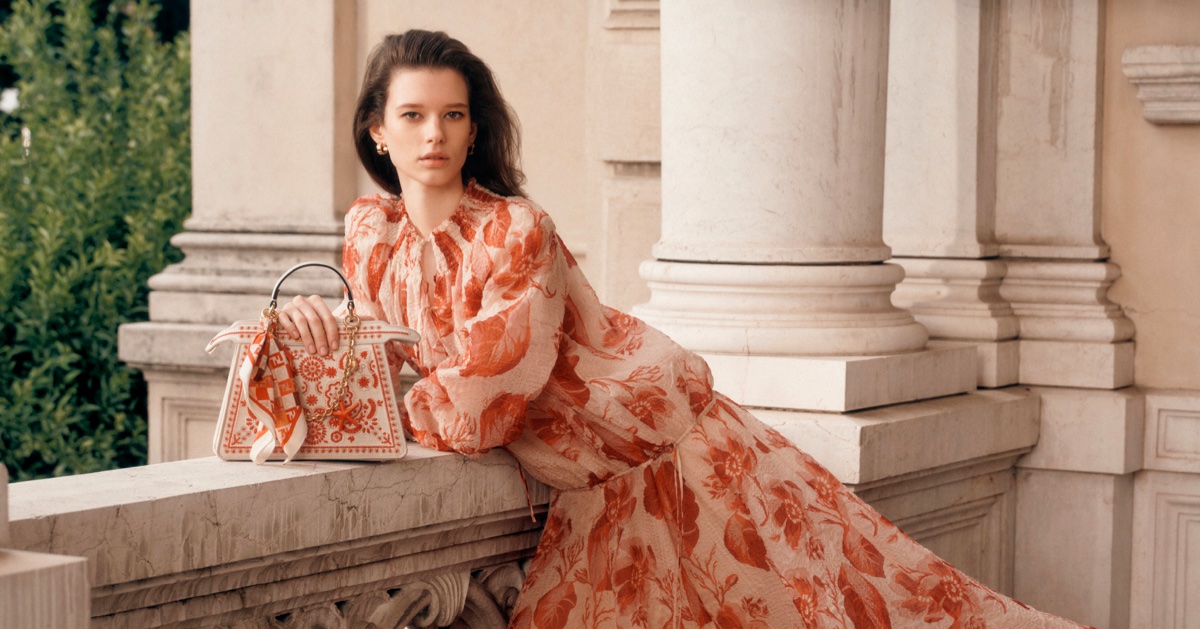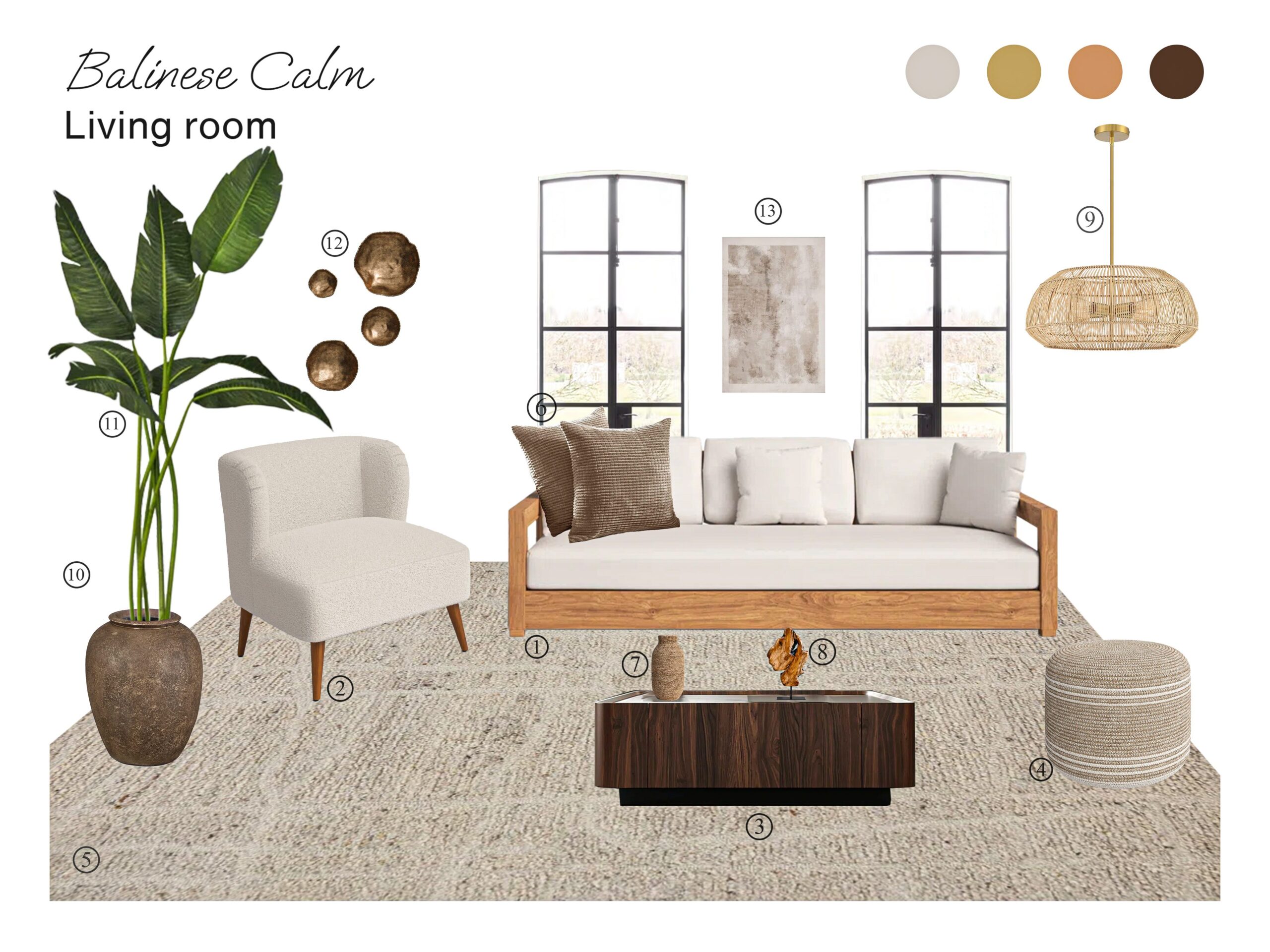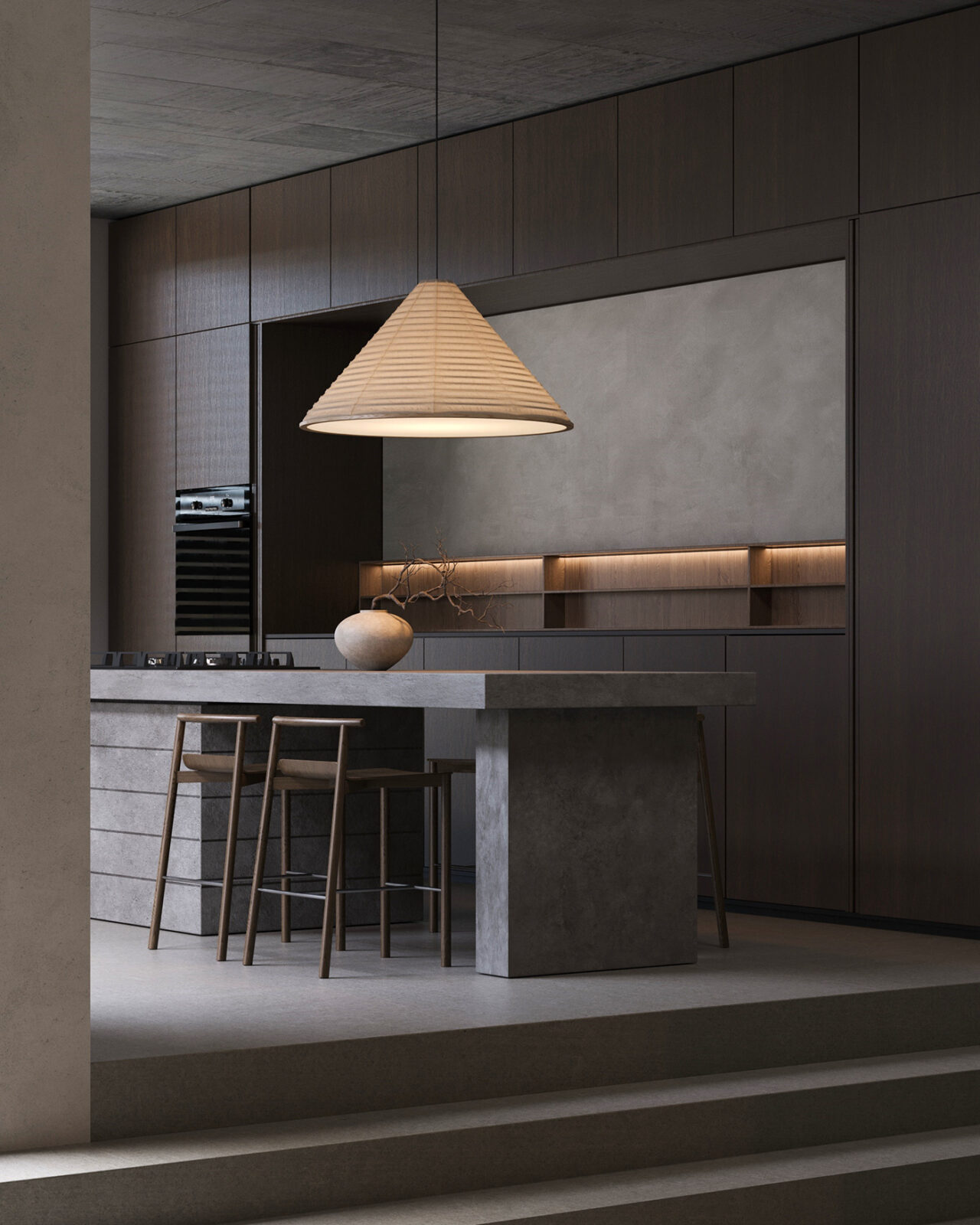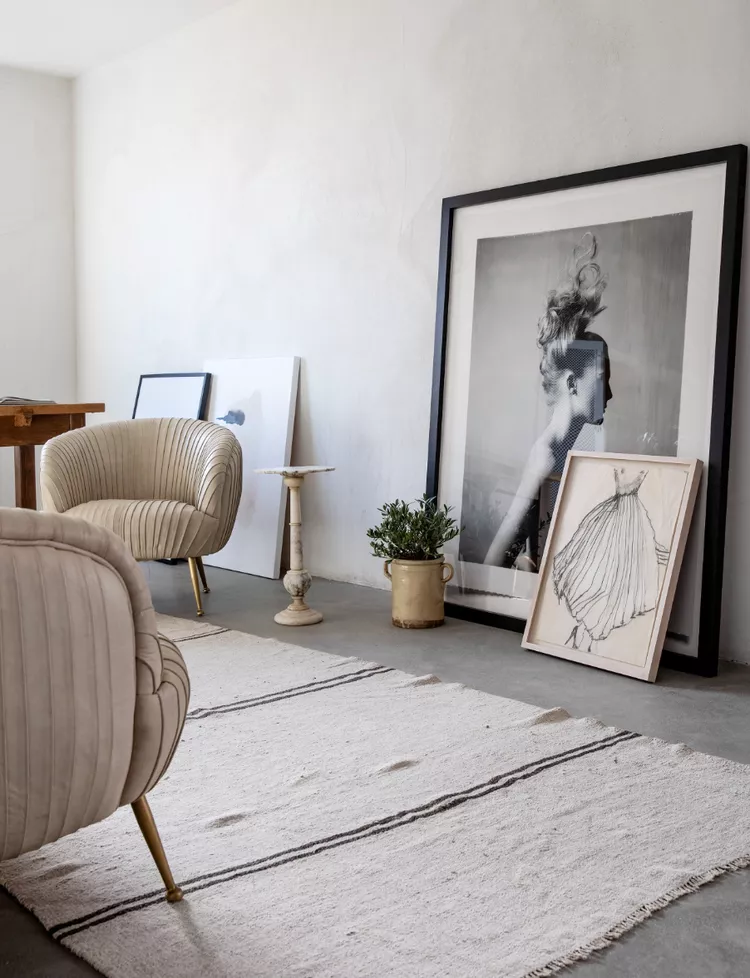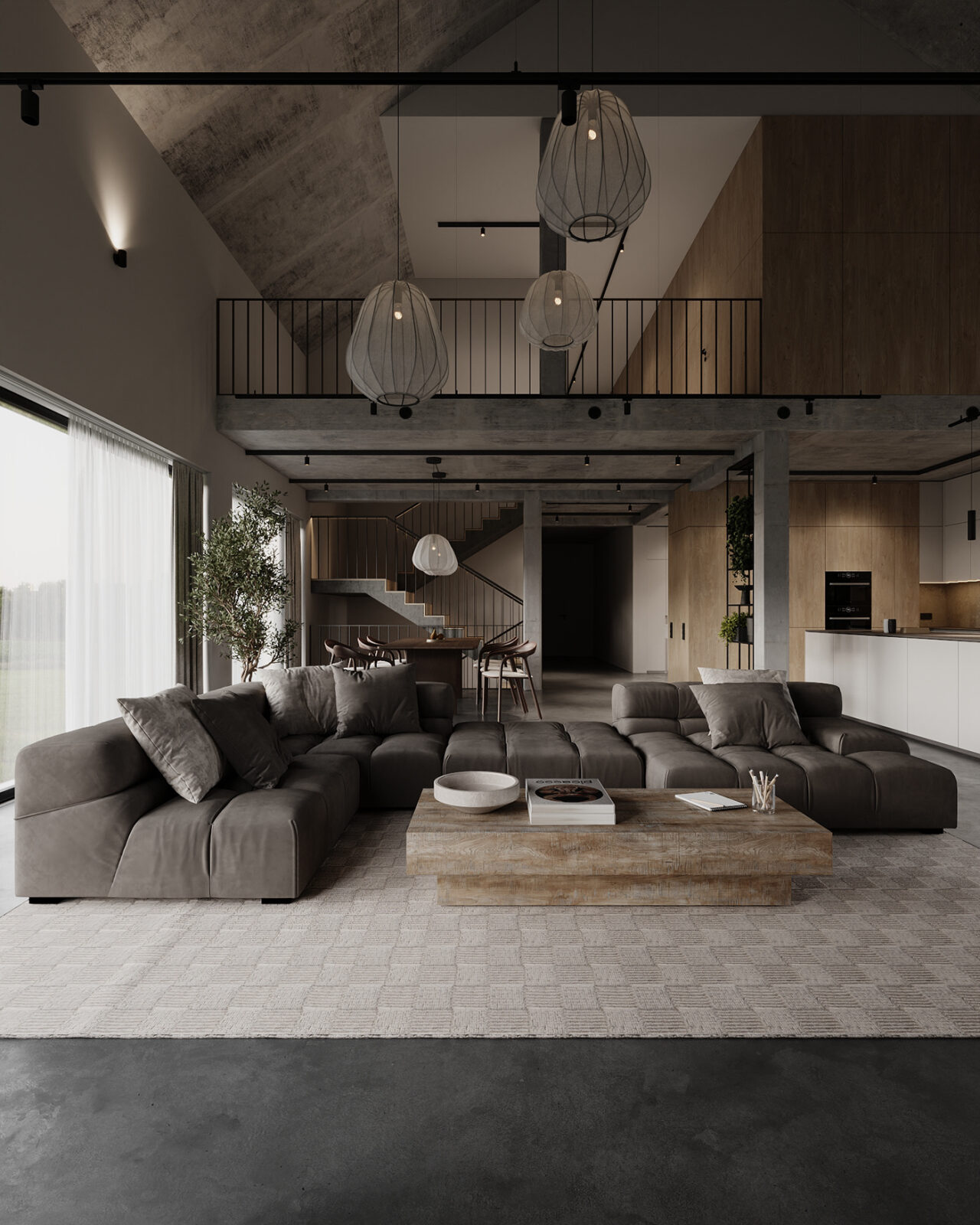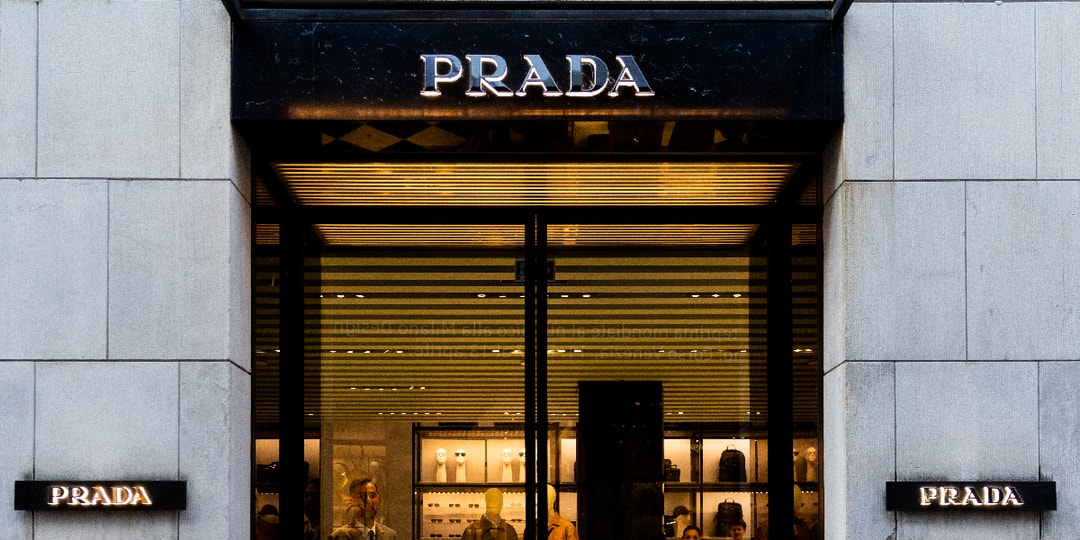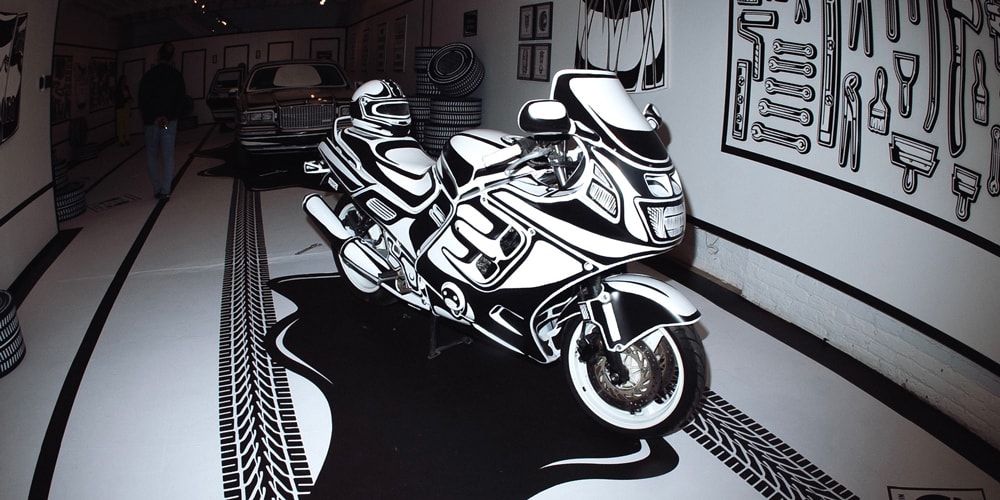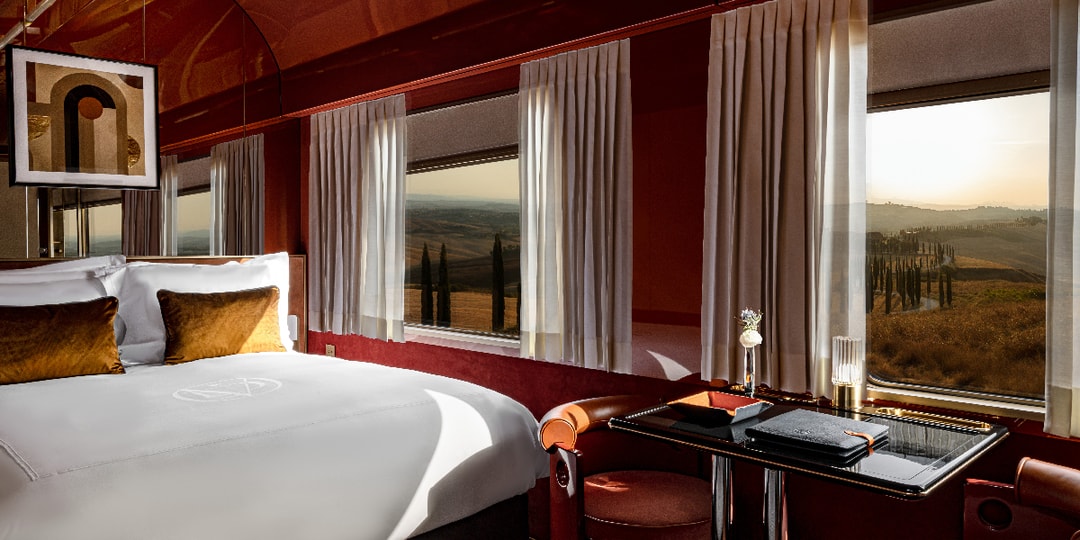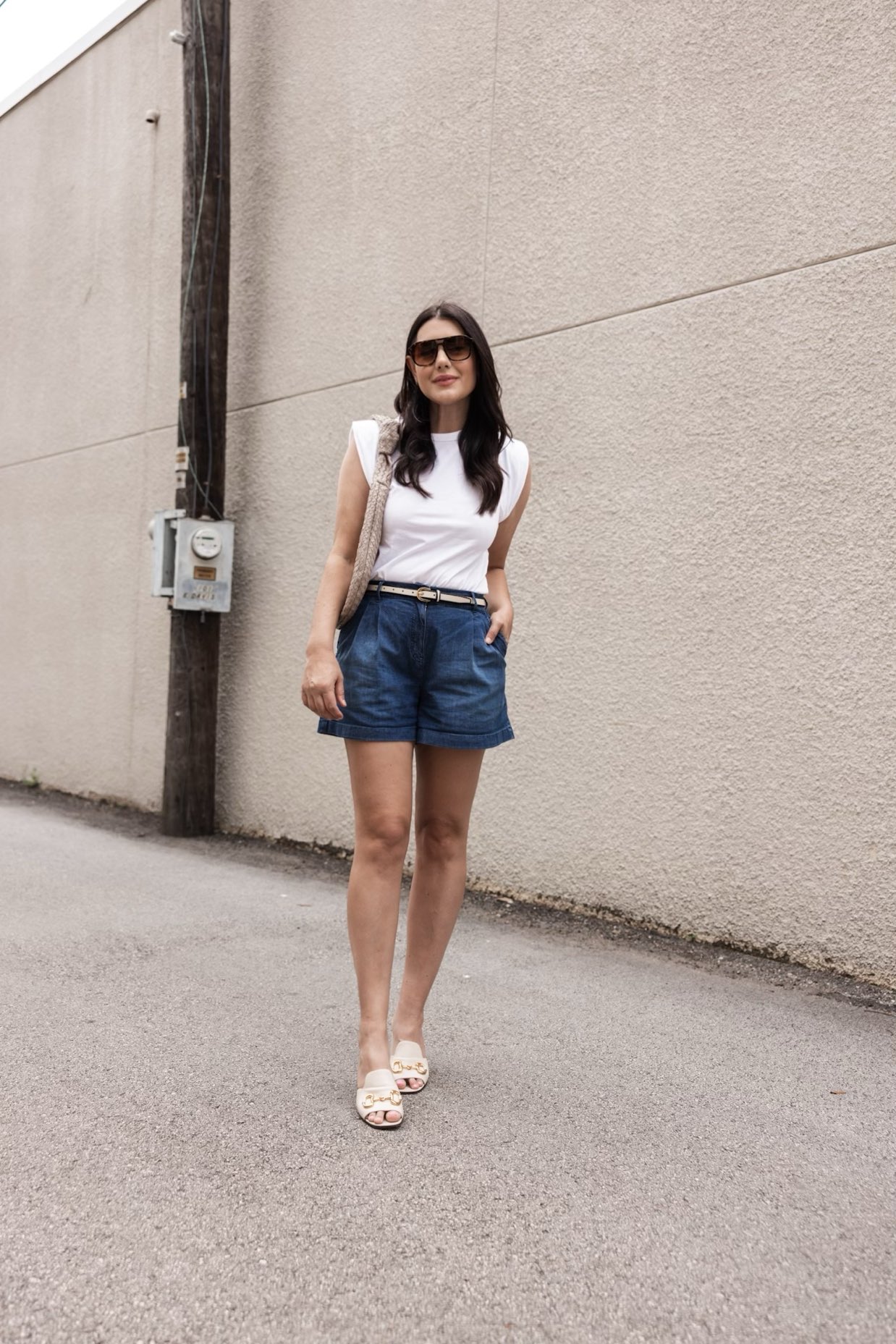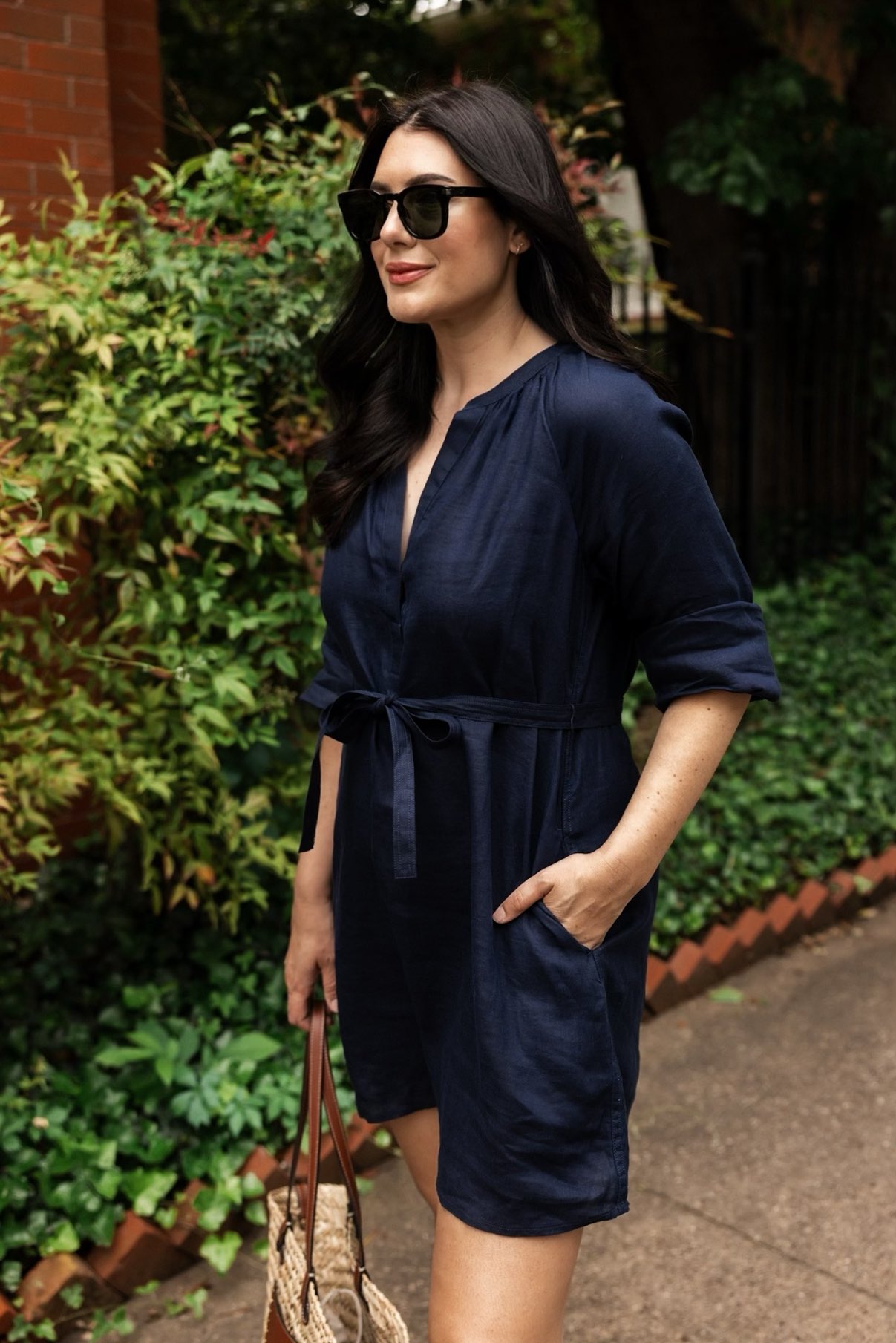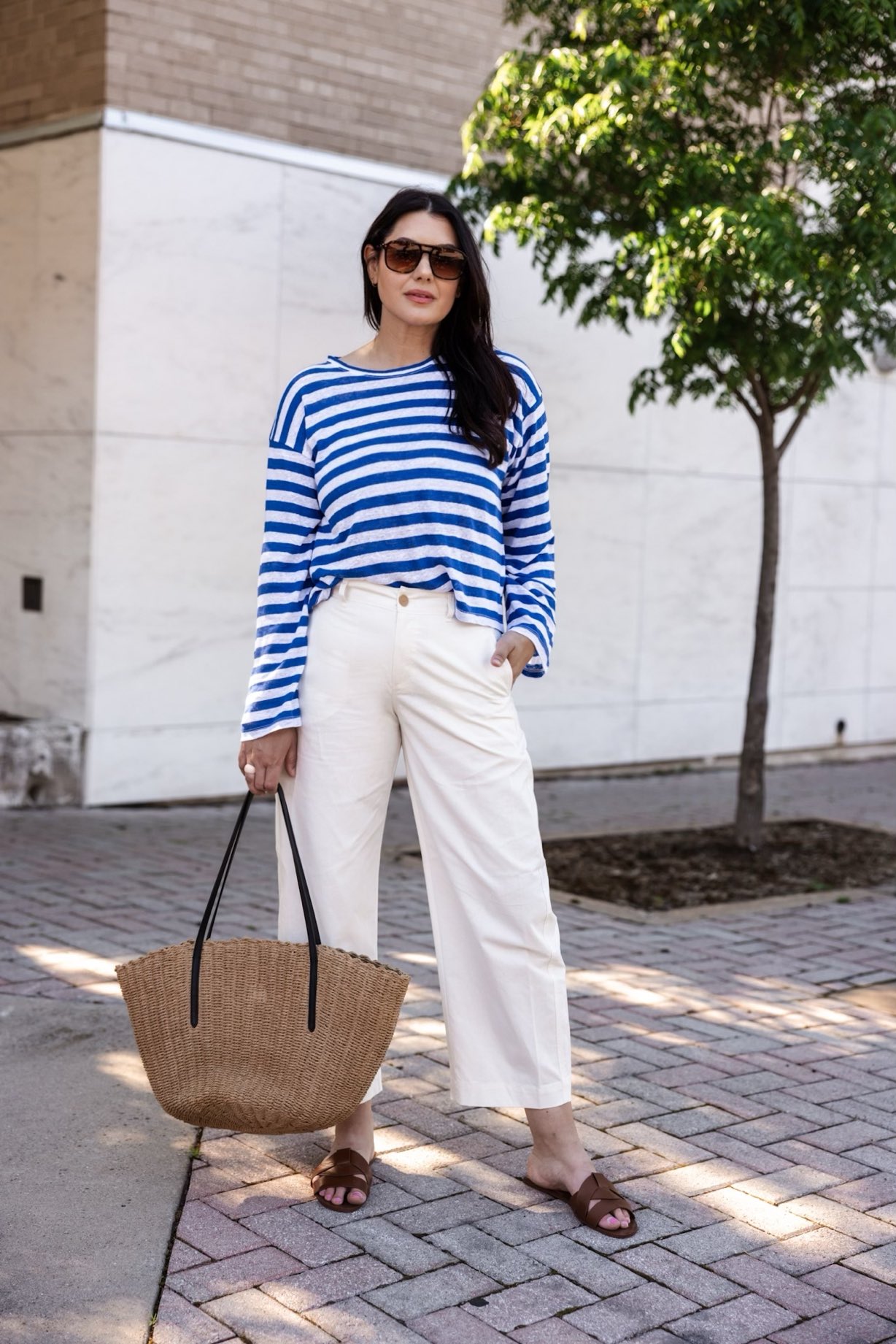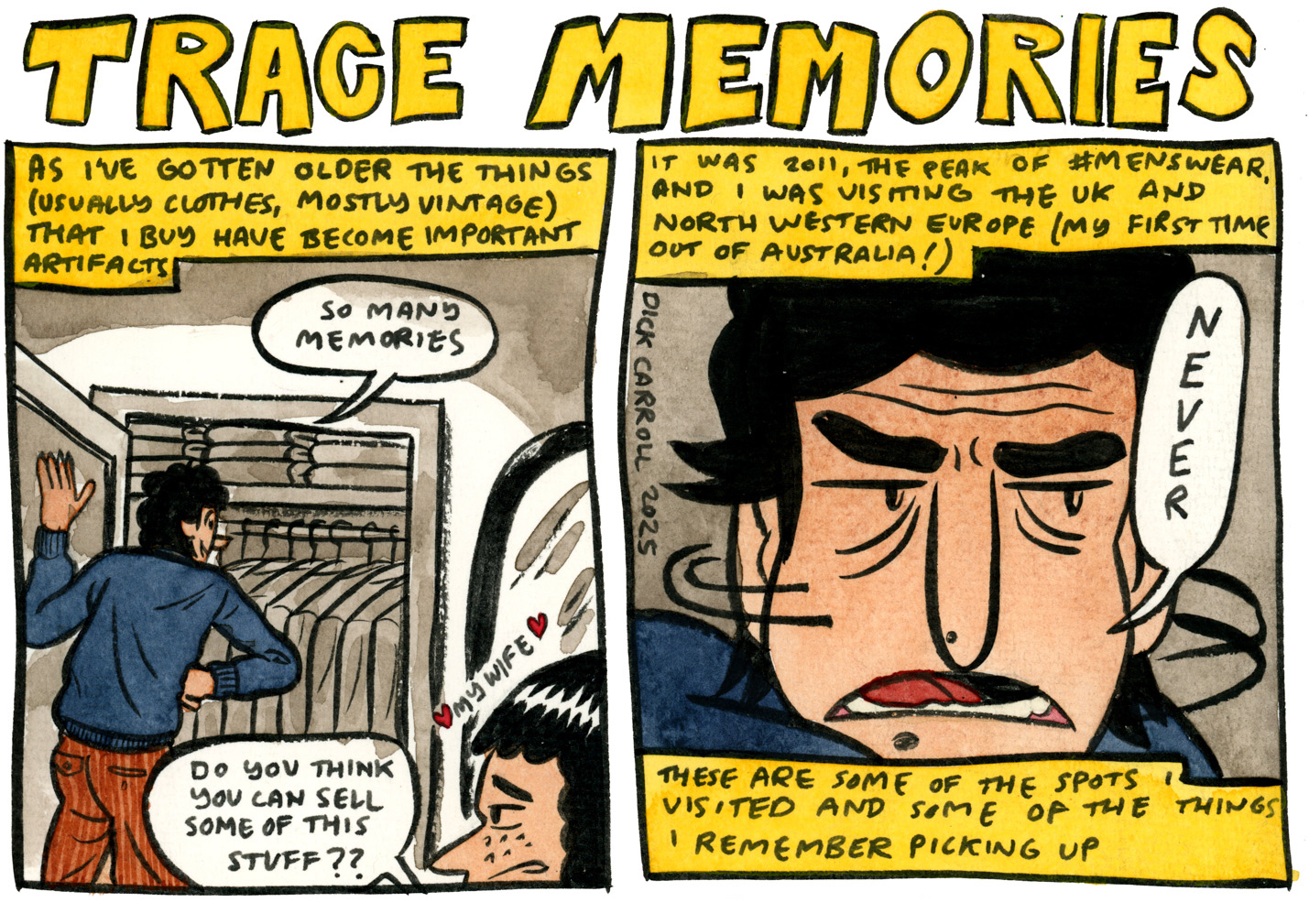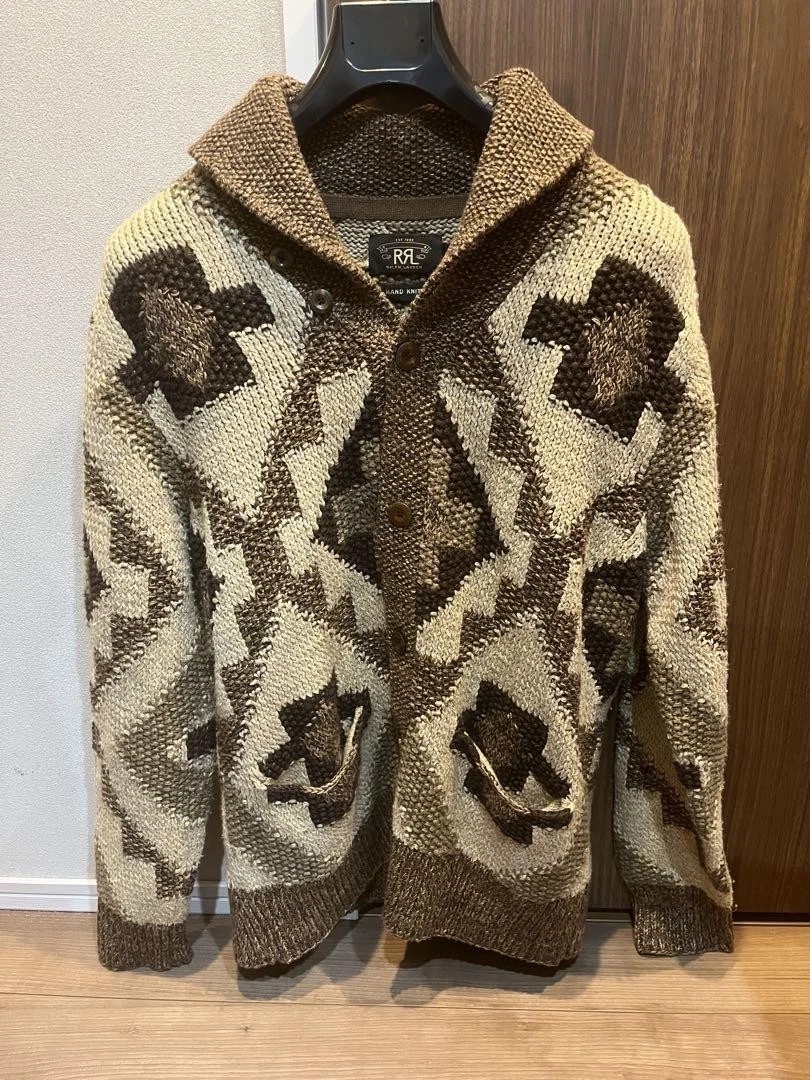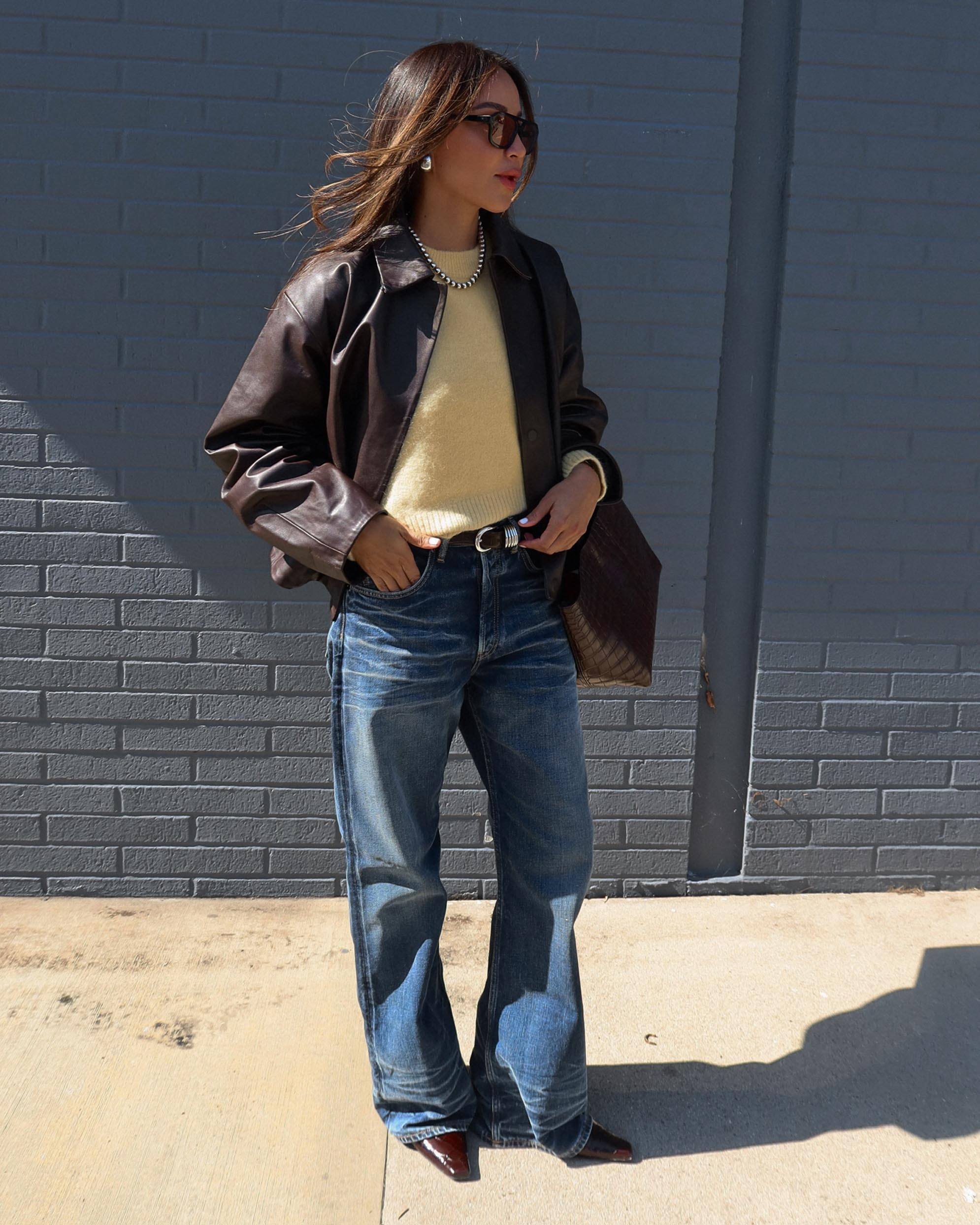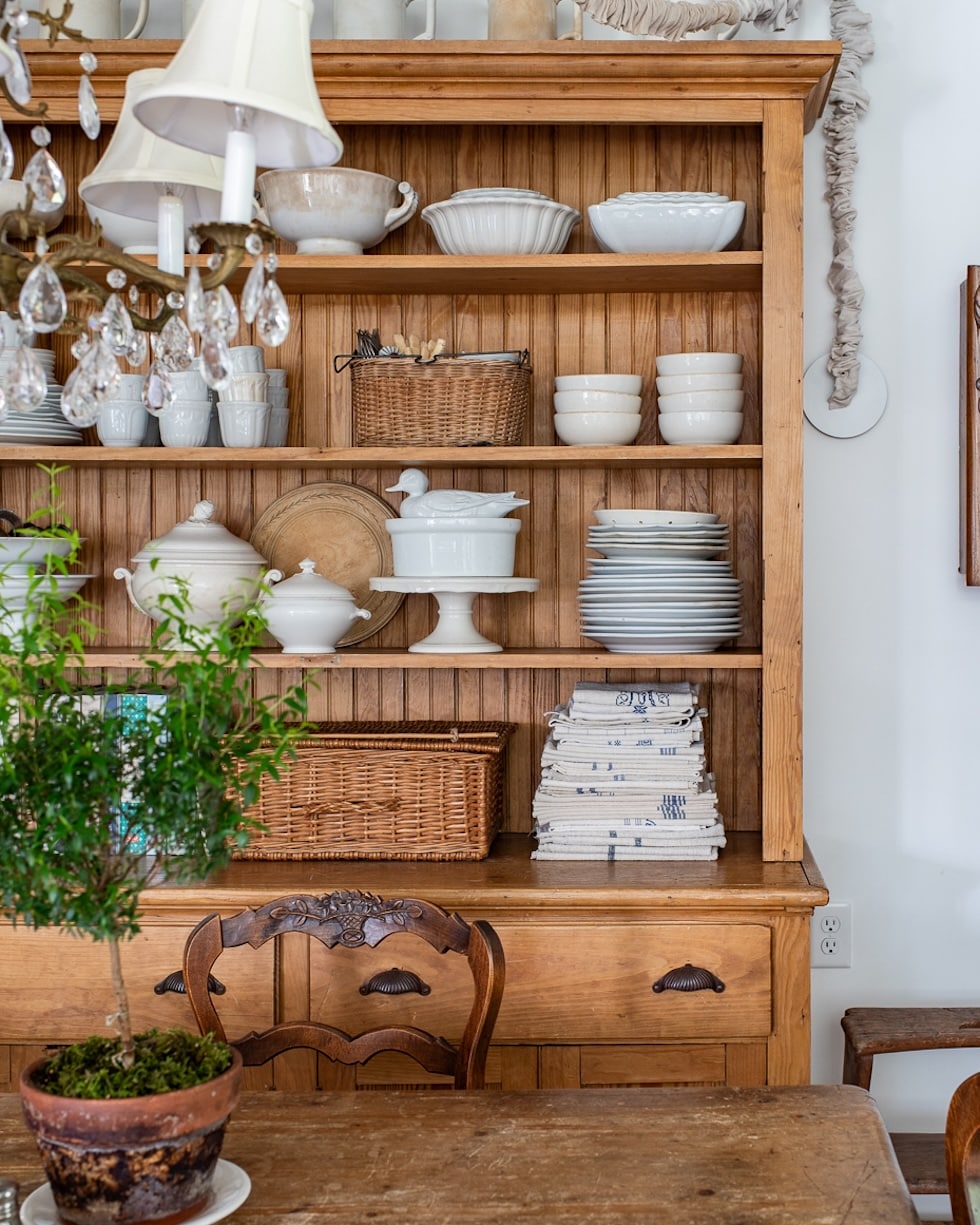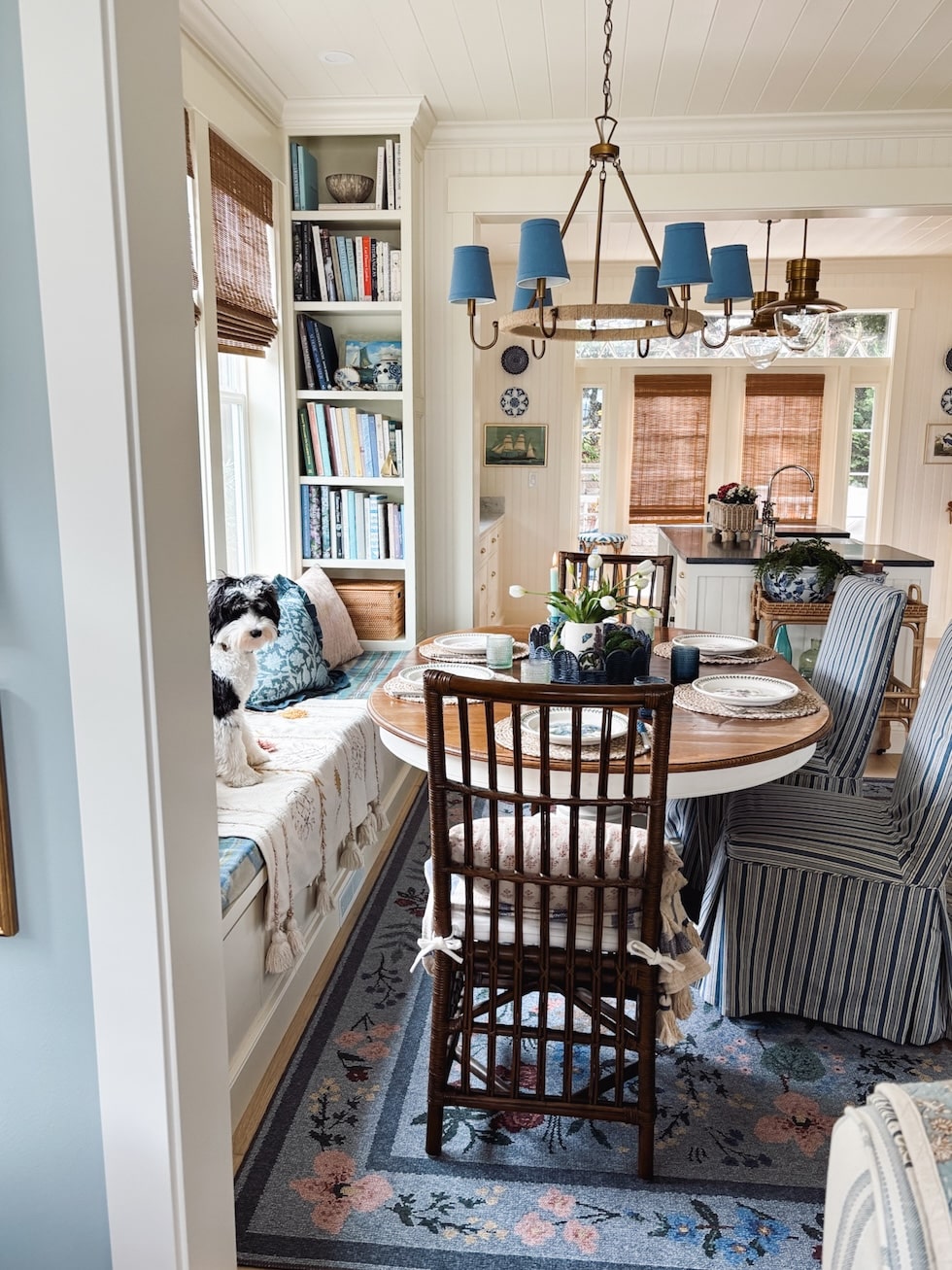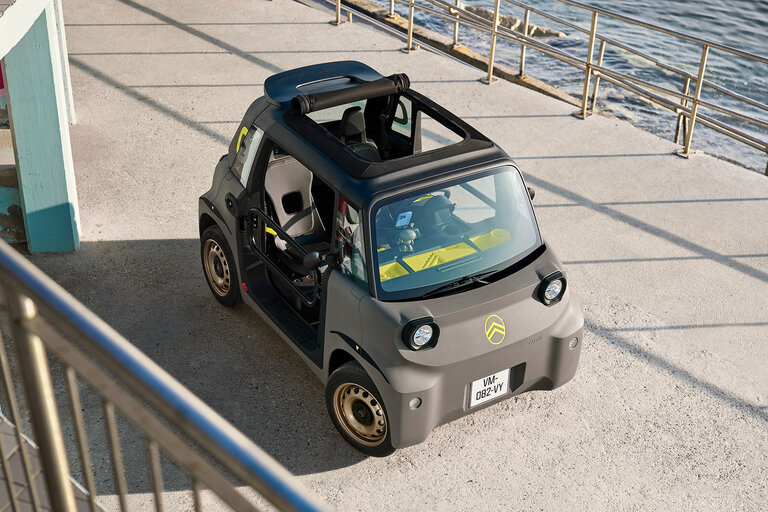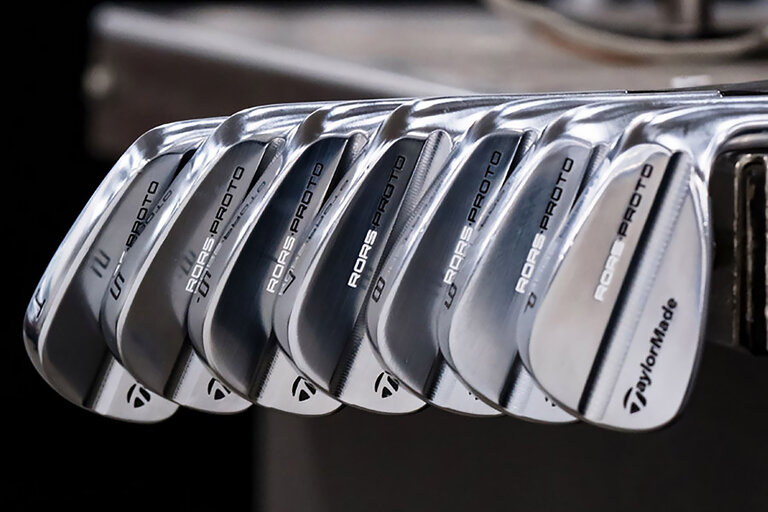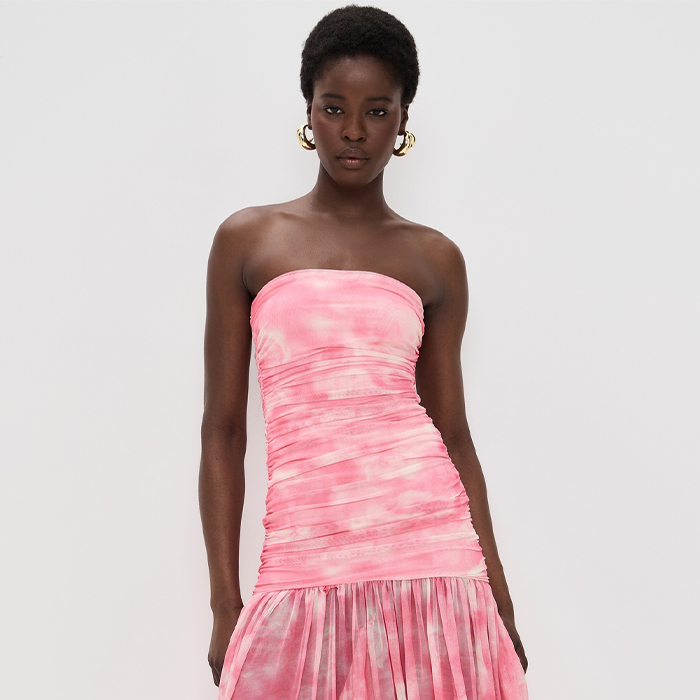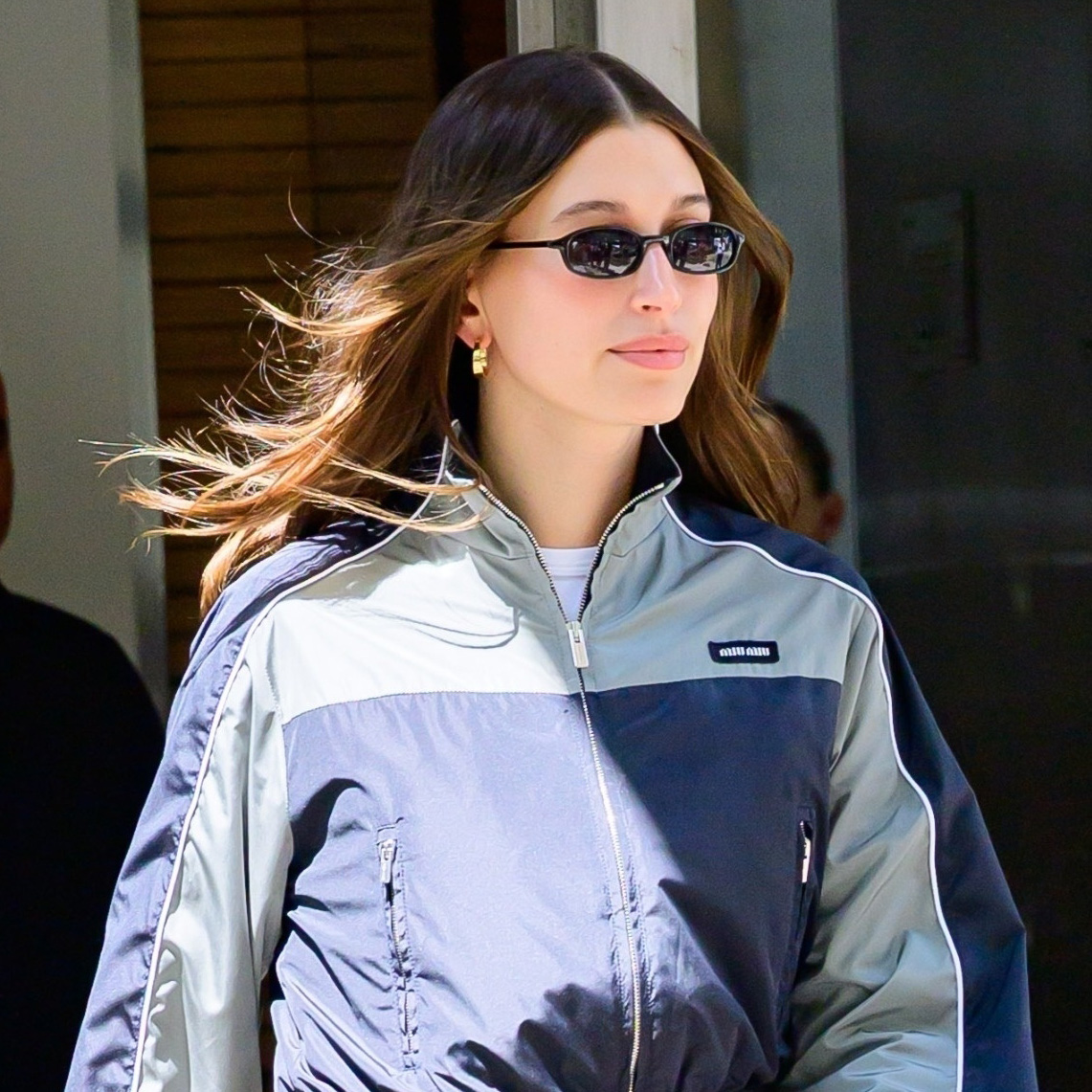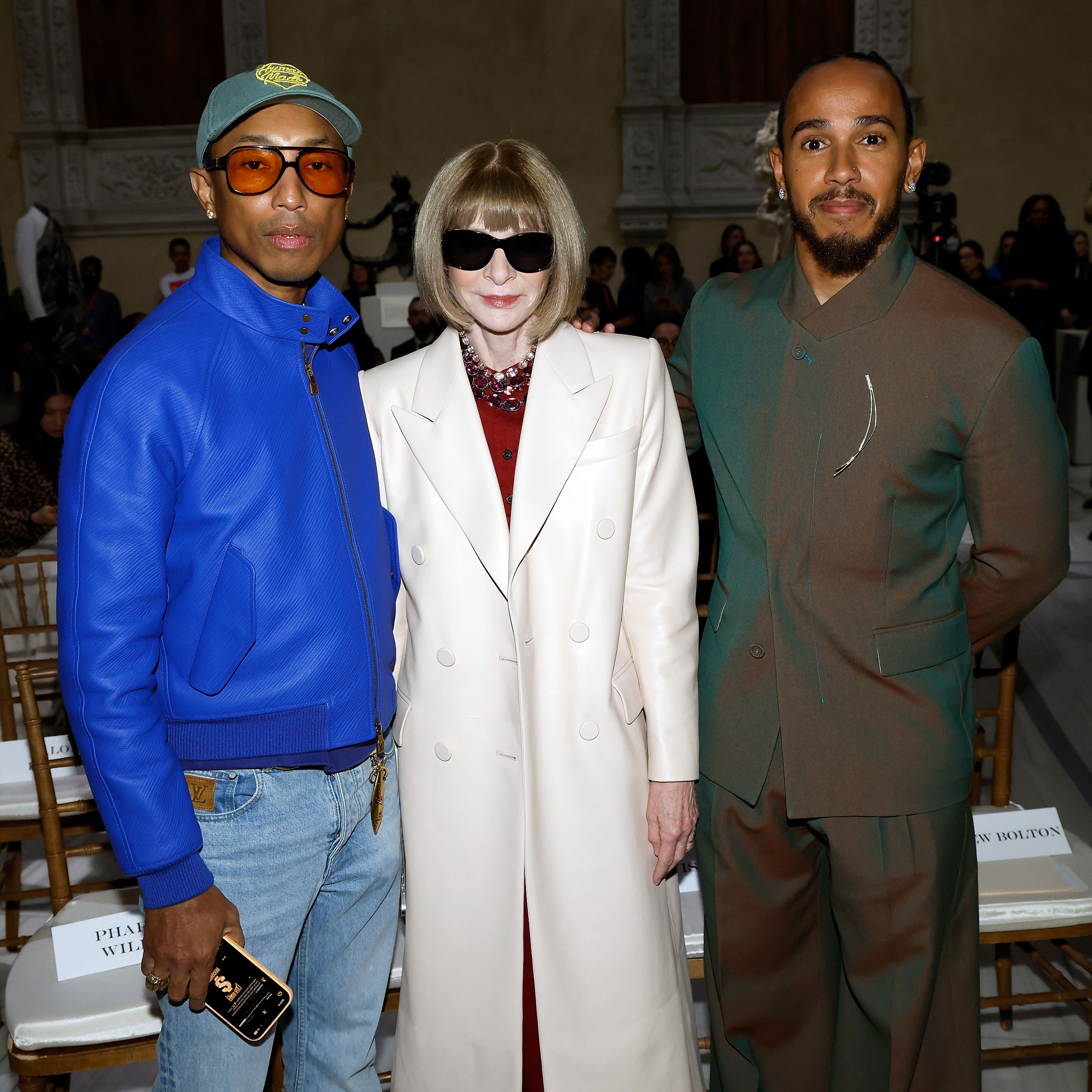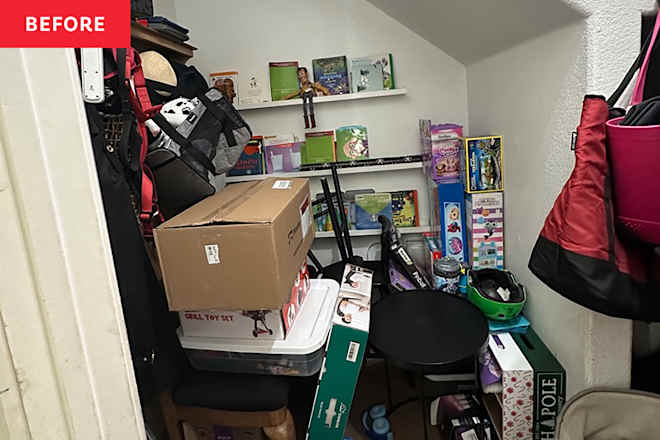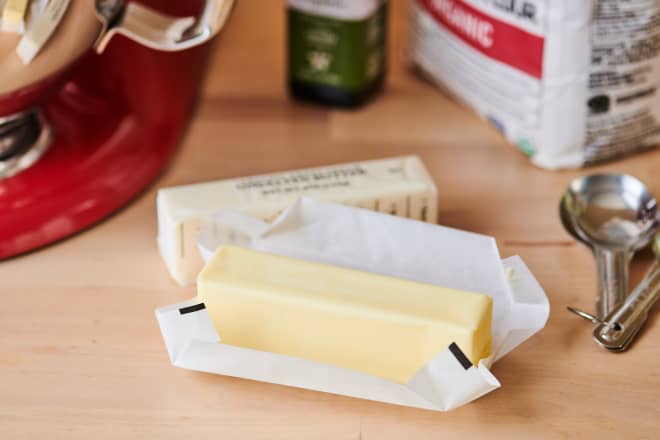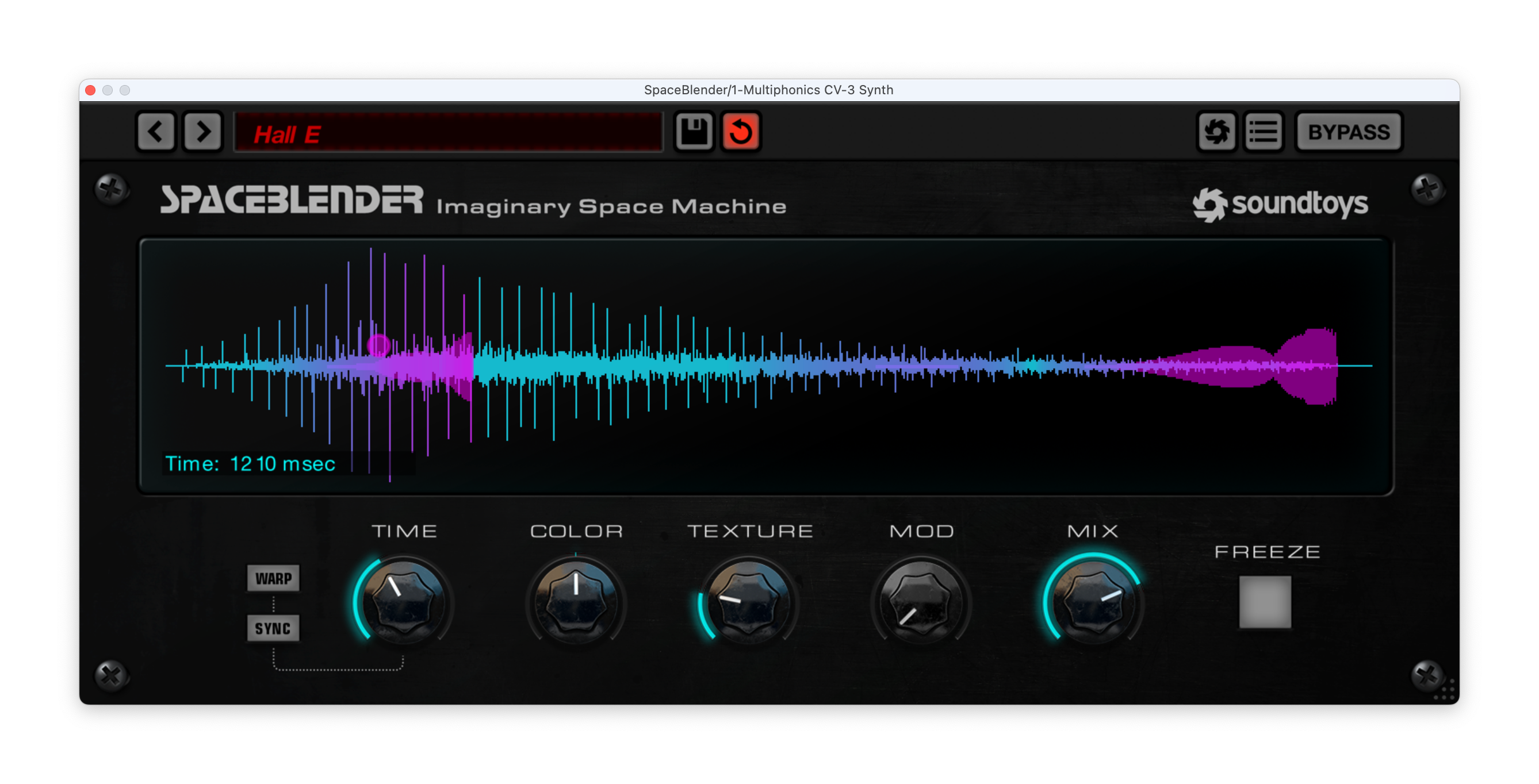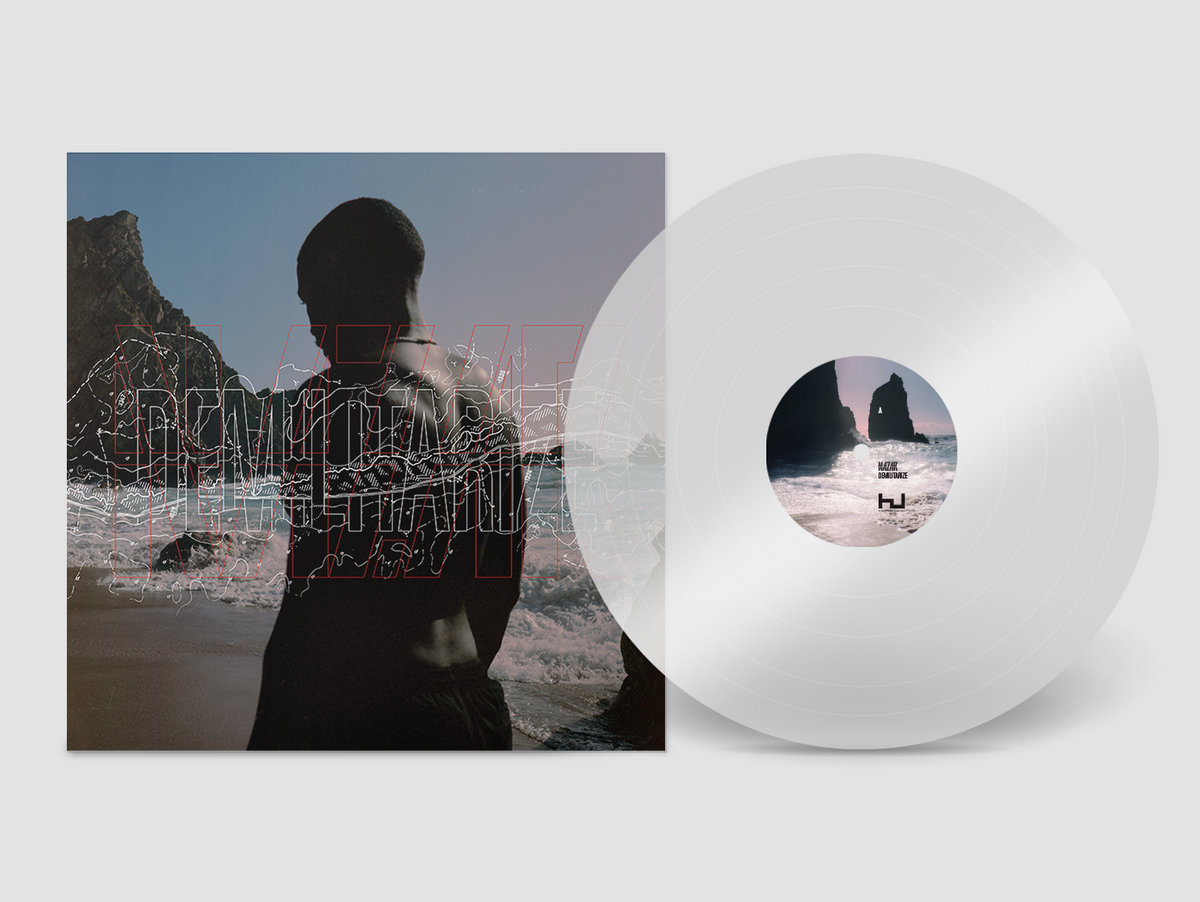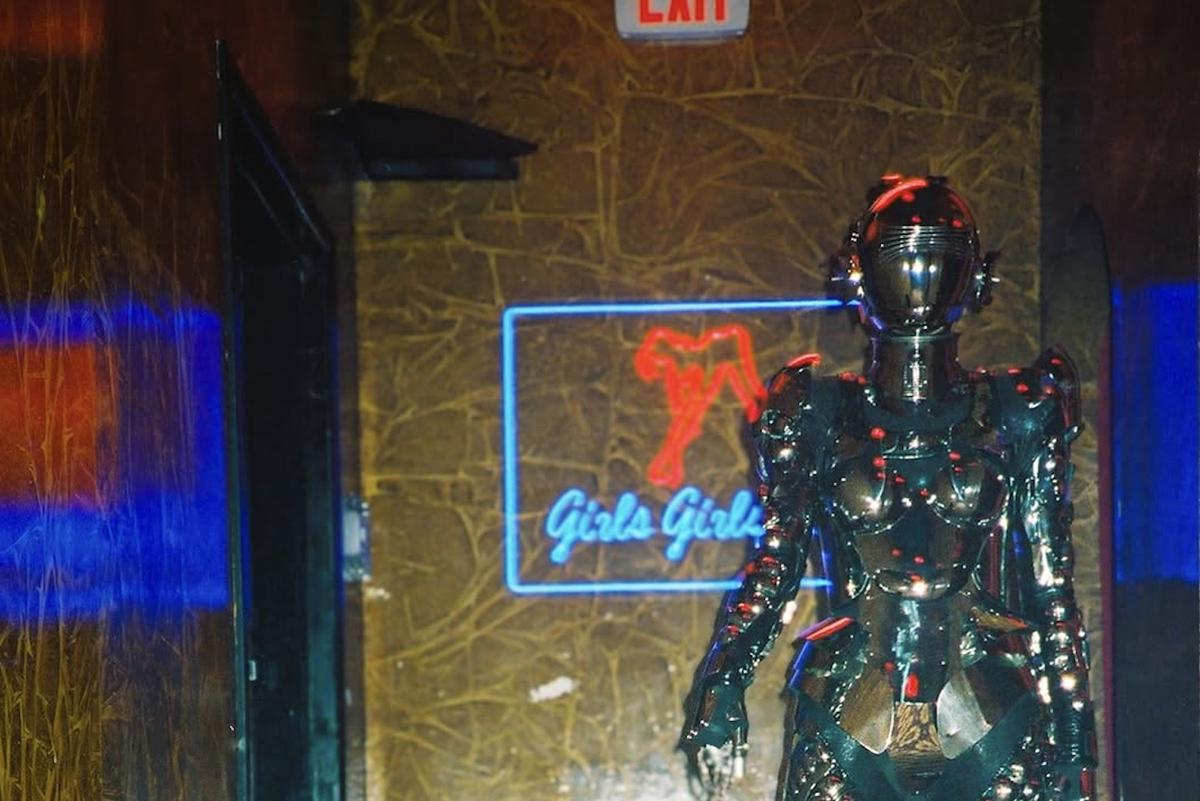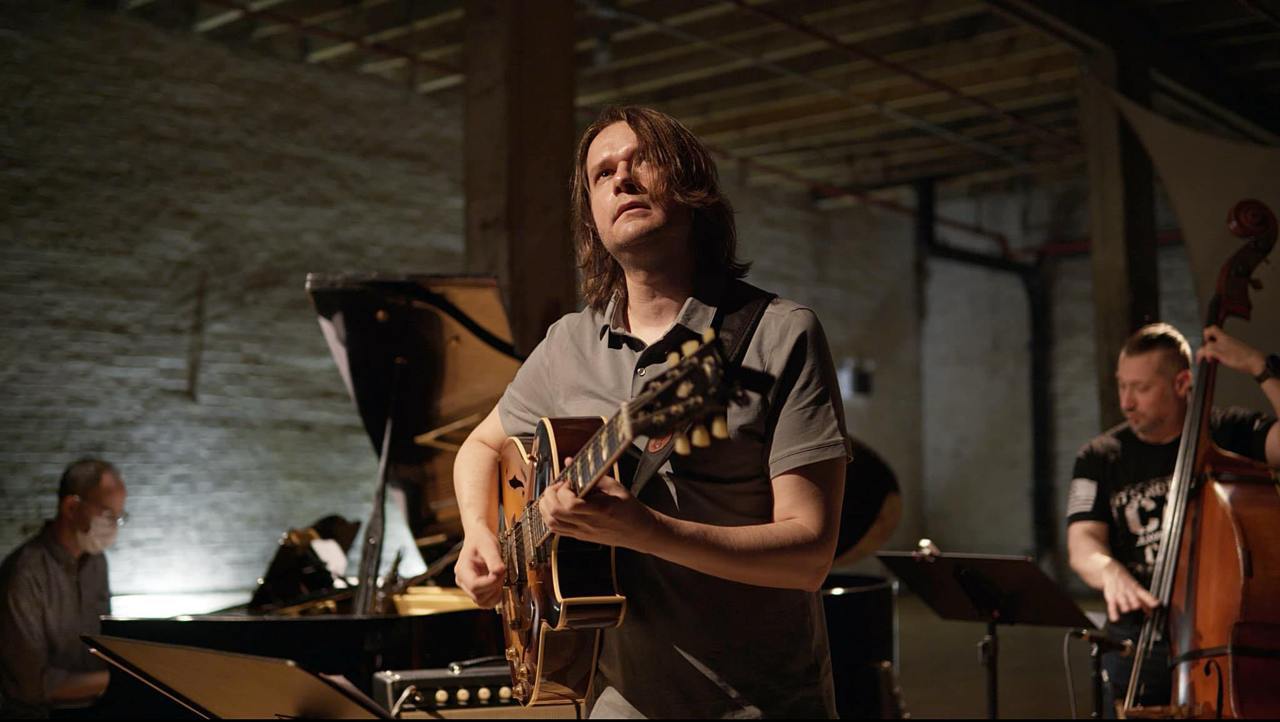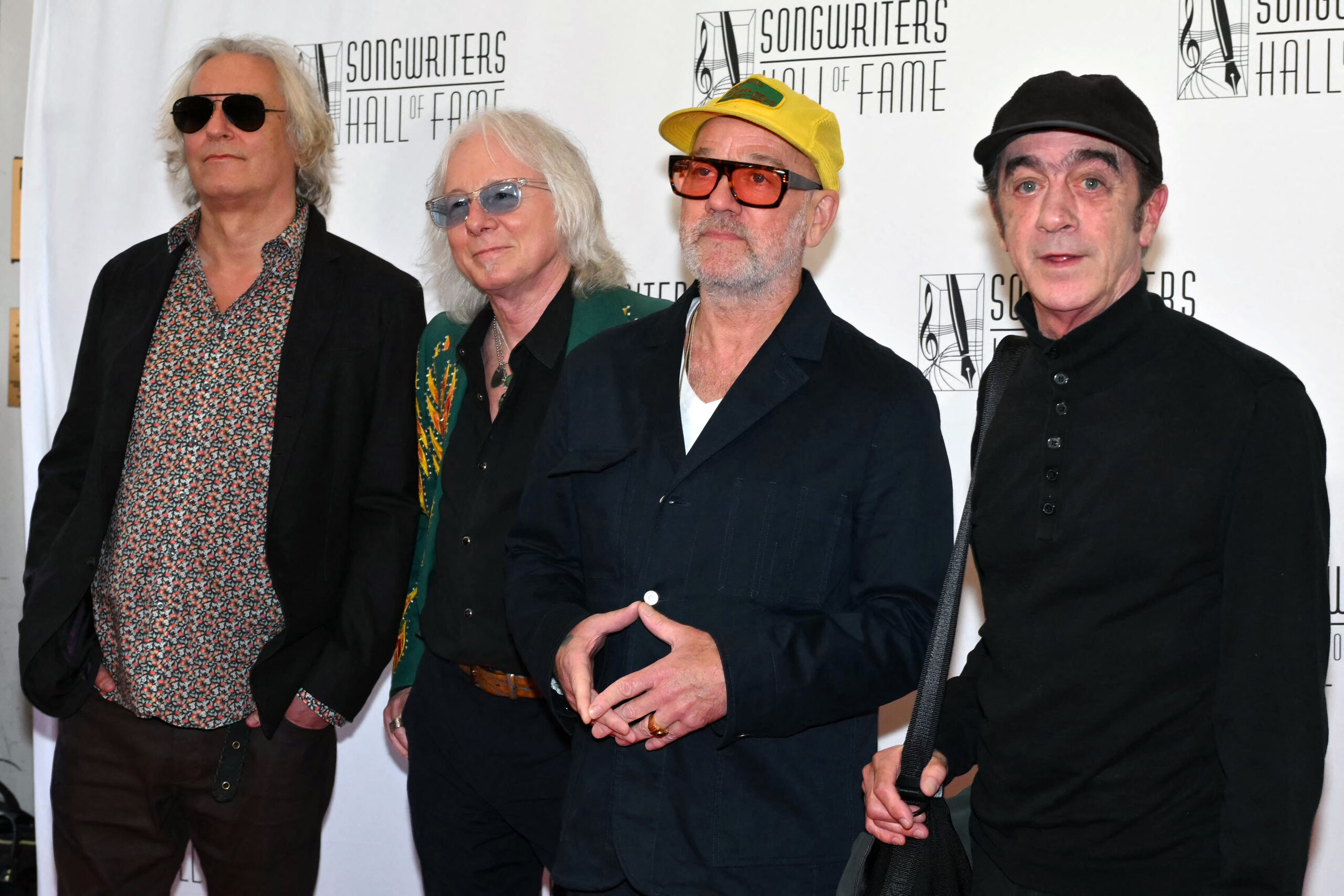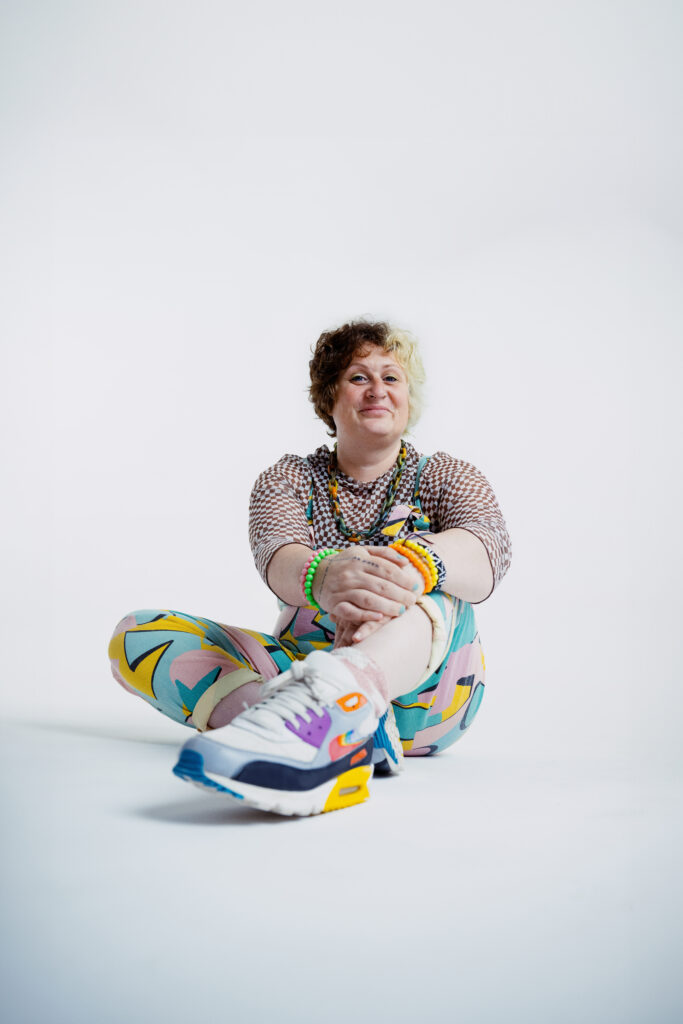Beyond Bricks and Mortar: How Yanko Design Views the Future of Real Estate
Beyond Bricks and Mortar: How Yanko Design Views the Future of Real EstateThe term “real estate” often conjures images of market transactions, property values, and investment portfolios. Viewed through the distinctive lens of Yanko Design, the concept...


The term “real estate” often conjures images of market transactions, property values, and investment portfolios. Viewed through the distinctive lens of Yanko Design, the concept shifts. It becomes less about the commodity and more about the crucible of innovation where architecture, interior design, technology, and sustainability converge to shape how we experience space and how we live. While the platform covers a diverse range of design disciplines, from mood lamps to coffee machines, its exploration of property consistently prioritizes design ingenuity, user experience, and forward-thinking solutions.
Even metaphorical uses of the word, such as describing precious screen space on devices, reinforce a core idea: space is opportunity. Whether physical or digital, real estate reflects evolving interactions between people and their environments.
Living Architecture
Yanko Design consistently highlights architecture that goes beyond shelter. These are intentional environments, grounded in context and built to support life with clarity and purpose. They shape routines, stimulate senses, and adapt across generations.

Mid-century homes offer enduring examples. The Mori House in Oregon frames forested views with cedar and a folded roofline that manages rain while pulling the eye upward. In Texas, the Wine Country Courtyard uses limestone and a breezy courtyard layout to regulate heat and encourage outdoor flow. Palm Springs’ Thunderbird House embraces desert logic with terrazzo flooring, deep eaves, and selective apertures for solar control. Each structure distills the same principle: design should work with, not against, its setting.

These homes last because every decision is grounded in purpose. Form follows function and site.
Frank Lloyd Wright’s Integration
The publication frequently revisits Frank Lloyd Wright, whose work underscores what it means to build with organic awareness. His homes, from Prairie to Usonian, follow the terrain, emphasize horizontality, and integrate custom furnishings to reduce visual noise.

Fallingwater, in my view, captures this mindset. Terraces extend over waterfalls. Stone emerges from the terrain. Interiors unfold around light, proportion, and flow. Wright designed for response, not routine. His aim was to align buildings with place and season.
Nature in the Design Language
Biophilic design is a recurring theme. Yanko Design explores how homes embed nature rather than just face it. Projects like the Portland Japanese Garden extension or Singapore’s PARK ROYAL stack greenery, water, and wildlife across vertical layers.

Green roofs cool interiors, filter water, and restore ecology. Internal gardens, such as those in the Slope House, or dense plantings within urban compounds, reshape how people breathe, see, and move through space. Even structures like Easyhome, integrating over 400 trees, show how density and greenery coexist.
In these examples, form is informed by the environment. Feeling follows the light, air, and material connection to place.
Material Integrity
Material decisions tell stories. Yanko Design focuses on how selections reflect climate, purpose, and endurance. Oregon cedar, Texas limestone, recycled bricks in Shanghai, or cross-laminated timber in contemporary cabins, each reveals logic, not luxury.
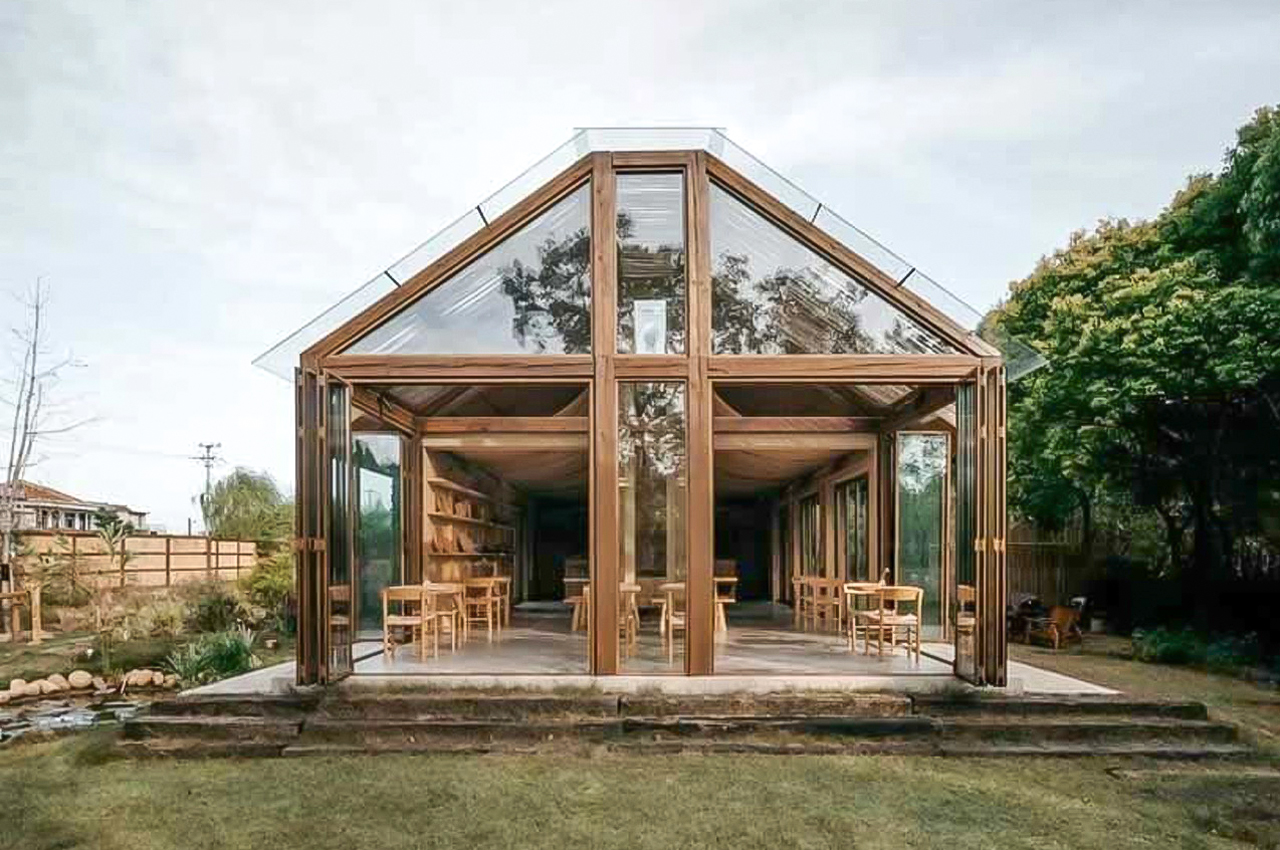
Tambour wood panels used in hotels and retail interiors bring warmth and curvature to otherwise flat surfaces. Their application blends texture with acoustic and spatial fluidity. In these examples, the material is never incidental. It drives comfort, character, and continuity.

Small Spaces, Big Ideas
Compact architecture features prominently. These aren’t novelties but testbeds for new ways of living. From corner-lot micro homes in Tokyo to off-grid Scandinavian cabins, the common thread is resourcefulness.
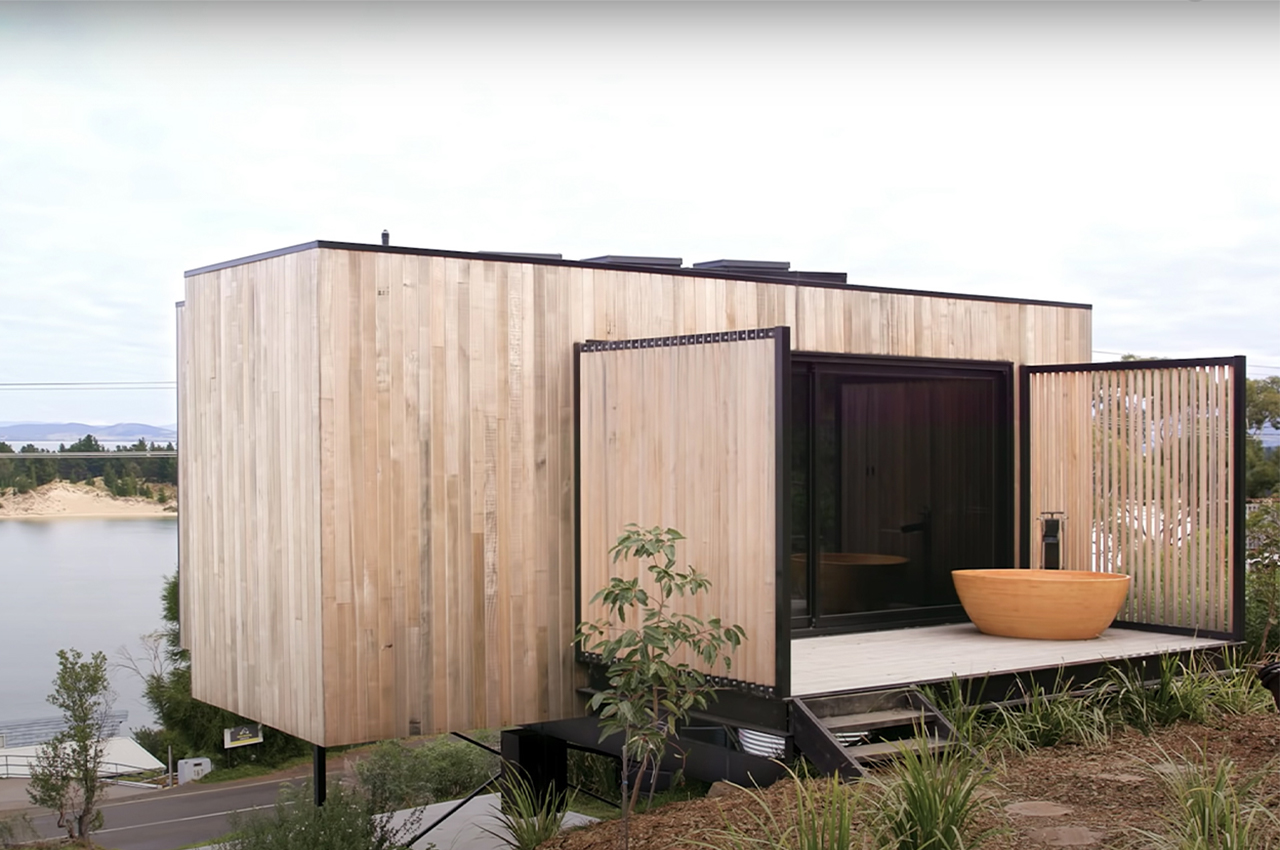
Layouts include sleeping lofts, netted lounges, climbing walls, and rooftop decks. Interior storage tucks beneath stairs, and sliding walls reshape rooms throughout the day. These homes offer mobility, self-sufficiency, and adaptability without design compromise.
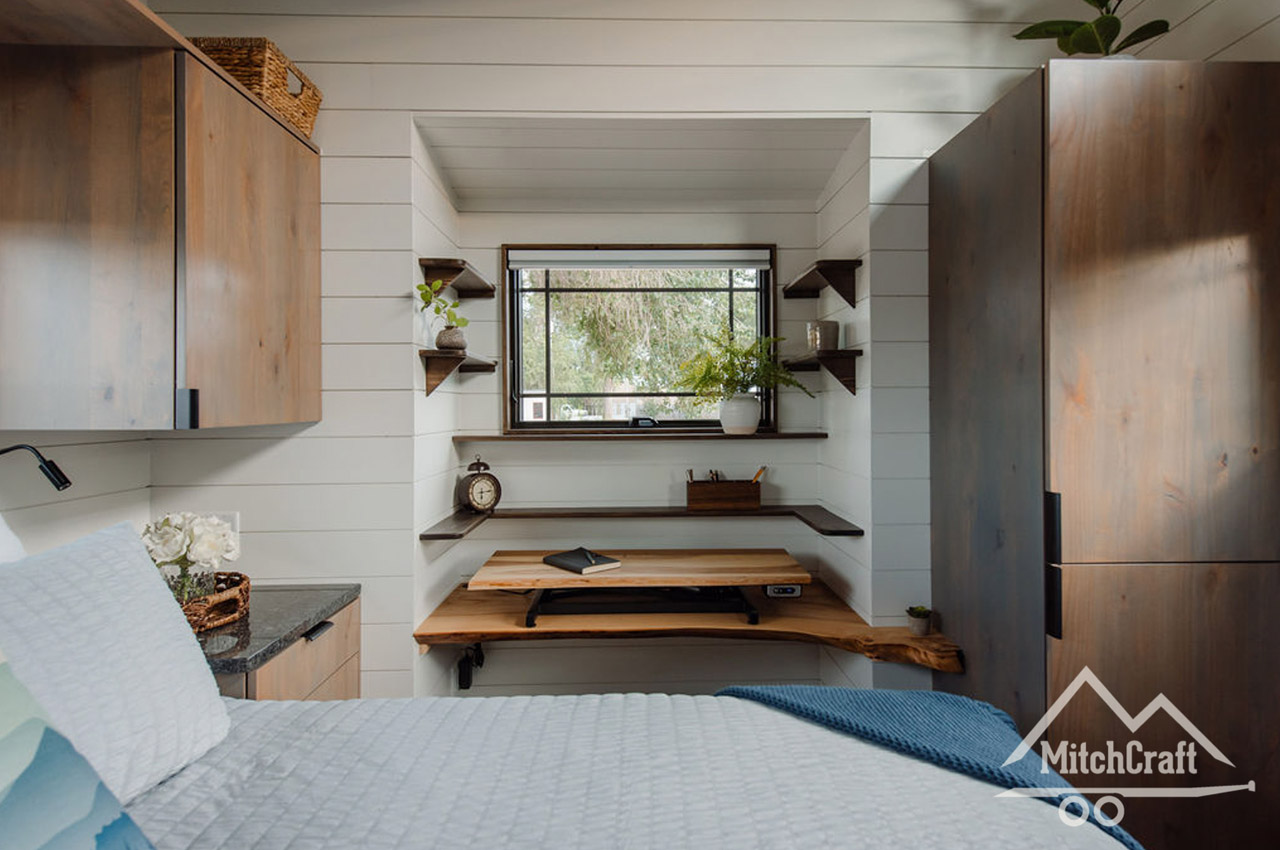
Constraints prompt clarity. Yanko Design also highlights downsides such as tight quarters and limited privacy, and treats these as factors to weigh, not flaws to ignore.

Modular and Prefab Approaches
The publication covers modular construction closely. Projects like the Folding Dream House or Octothorpe House show how pre-cut timber panels, container modules, or foldable sections can reduce waste, speed builds, and expand access.

These methods shift the building process from onsite improvisation to offsite precision. The result is scalable, reconfigurable housing that responds to shifting needs and locations.
Smart Design, Integrated Tech
Technology is featured with restraint. Yanko Design focuses on how devices integrate into space, not dominate it. Visual harmony matters: brushed finishes, neutral tones, compact profiles.

Smart lighting, climate control, and audio systems remain hidden until needed. Builders pre-plan wiring routes and system upgrades. Even garden systems such as automated irrigation planters support biophilic integration.
Good tech becomes part of the home’s rhythm. It doesn’t interrupt. It augments.
Virtual Frontiers
The future of real estate includes digital terrain. Yanko Design’s coverage of the Liberland Metaverse, designed by Zaha Hadid Architects, explores the idea of virtual plots with physical implications. These spaces propose new models of ownership, interaction, and permanence.
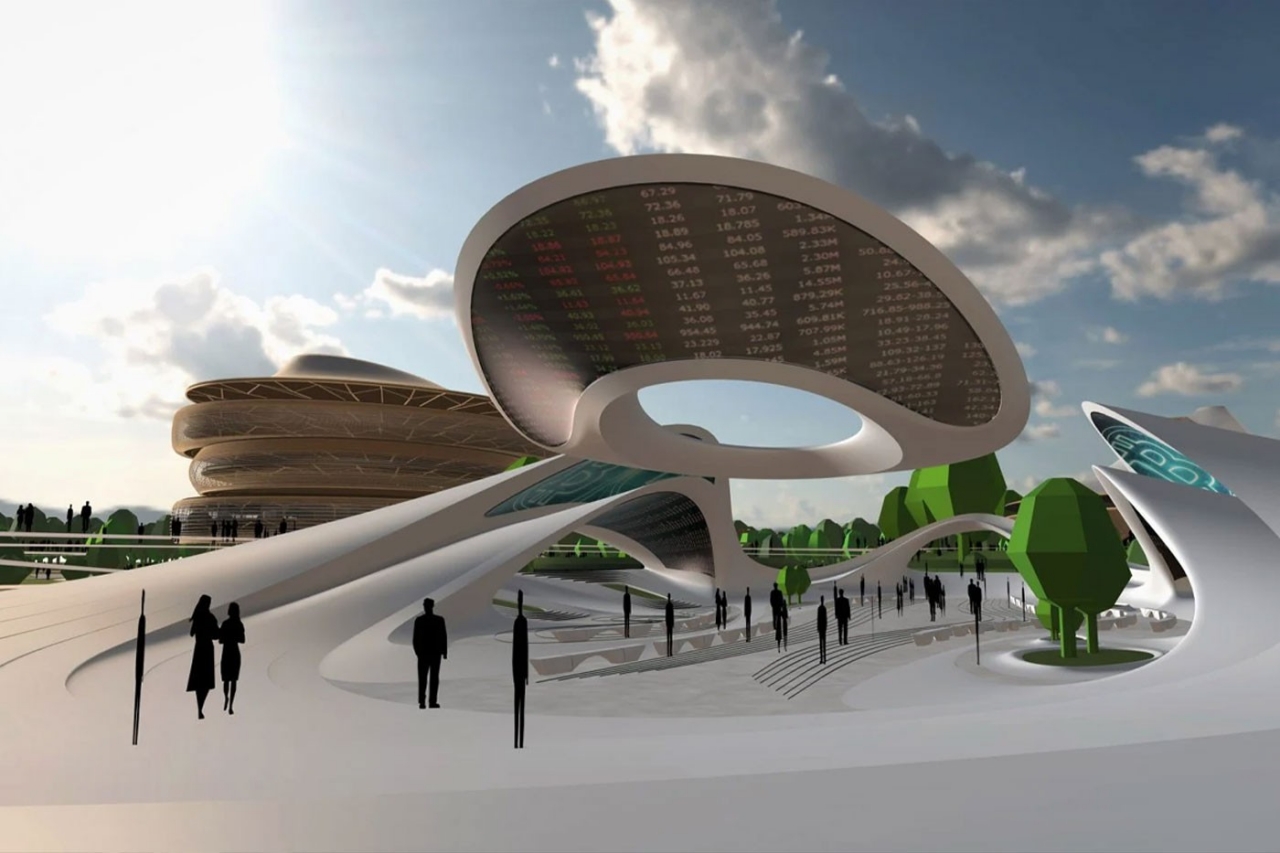
Concept designs extend this thinking. Visualizations depict stacked cityscapes, tunnel-access mountainside retreats, and moss-filled interiors. Some concepts riff on nature’s geometry. Others critique density, automation, or hyper-urban futures. All provoke thought.
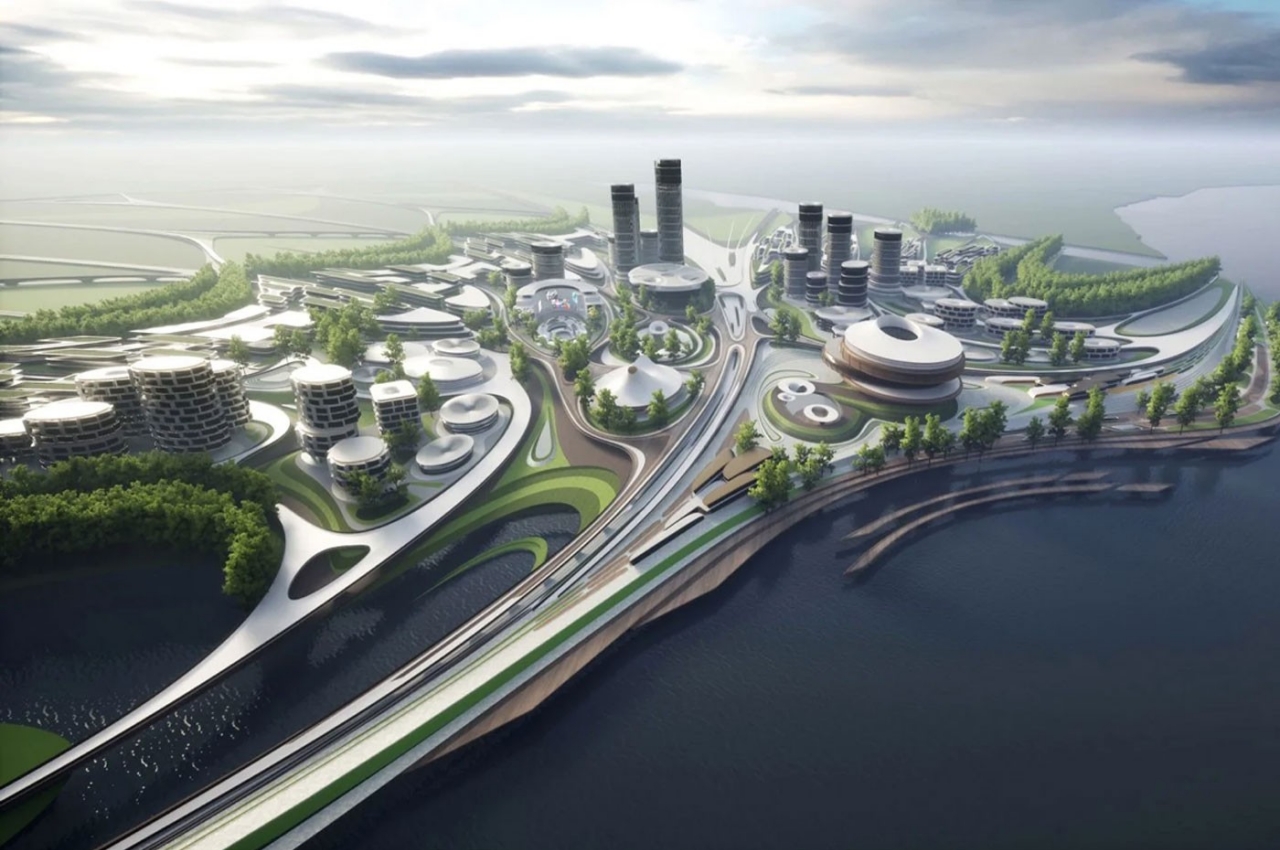
Speculative architecture challenges the limits of what buildings can be. It introduces new ways to think about structure, ownership, and design freedom.
Looking Ahead: How Design Shapes the Way We Live
Real estate, as interpreted here, moves away from transactional value and centers on lived experience. It reflects choices in materials, layout, and environmental awareness.
From Wright’s vision to forest-integrated rooftops, tiny homes to prefabricated experiments, the thread remains the same: how we live is shaped by what we build. And what we build, when done with care, reflects the best of how we hope to live.
The post Beyond Bricks and Mortar: How Yanko Design Views the Future of Real Estate first appeared on Yanko Design.







![‘Omukade’ Trailer – Thai Monster Movie Unleashes an Insane Giant Centipede Nightmare! [Exclusive]](https://i0.wp.com/bloody-disgusting.com/wp-content/uploads/2025/05/image-30.jpg?fit=1713%2C931&ssl=1)













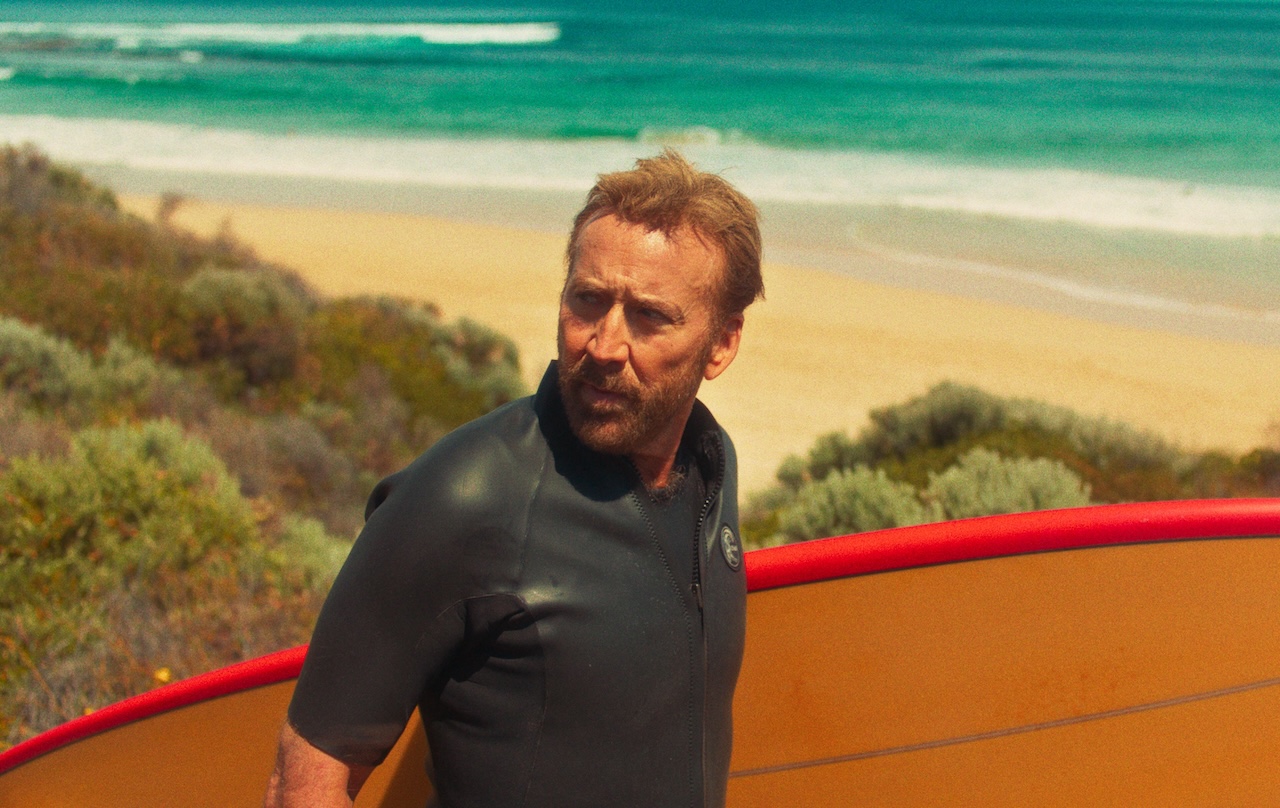





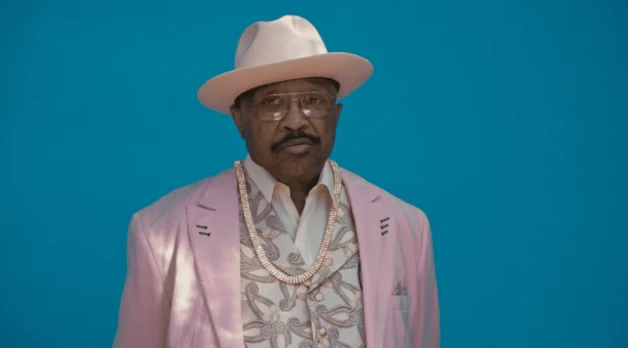































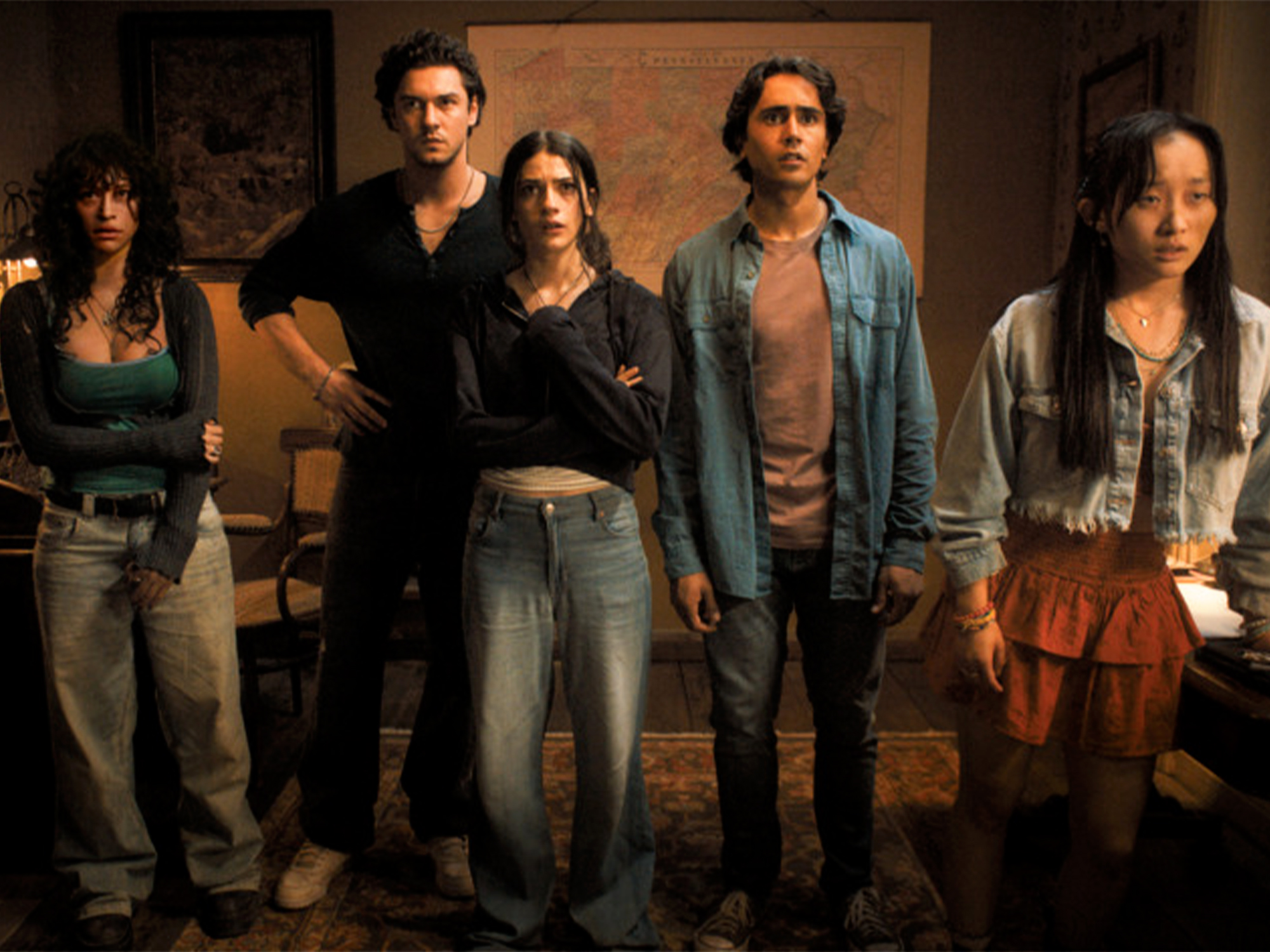











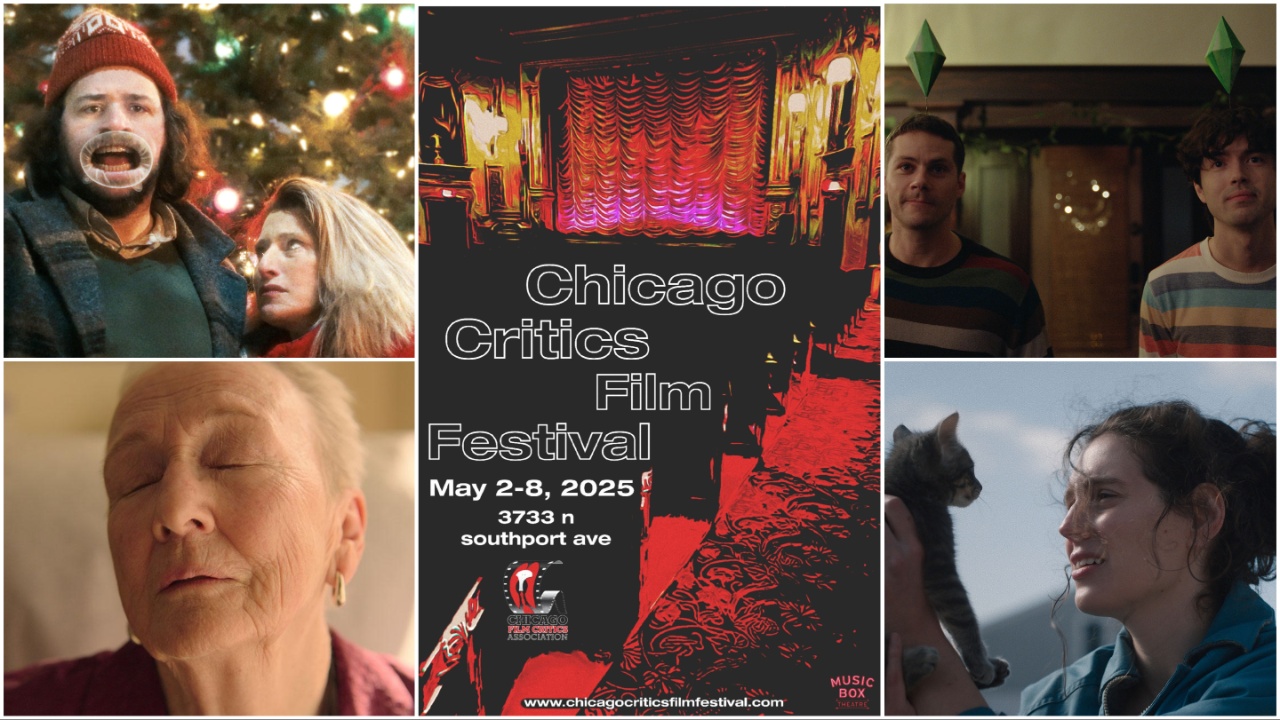






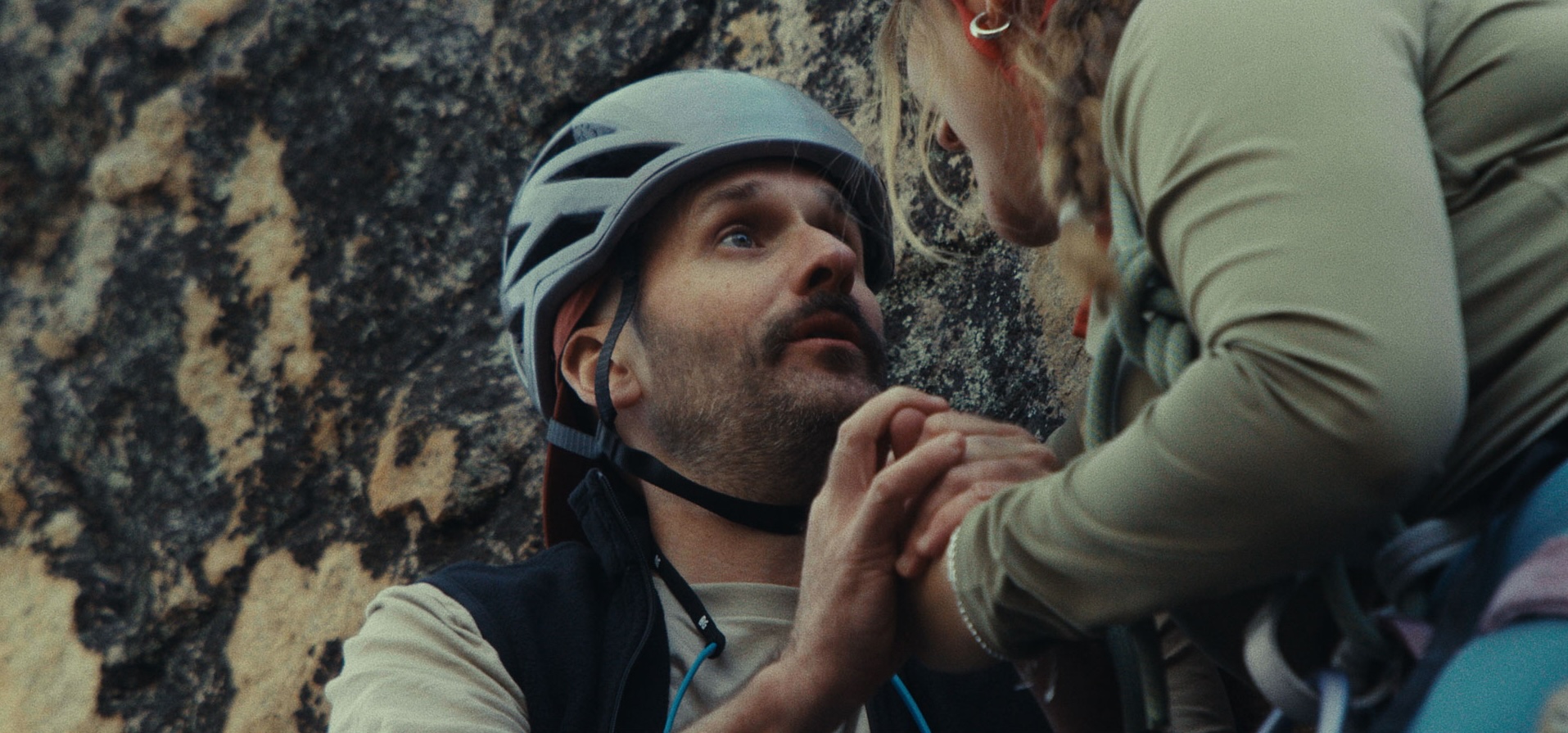
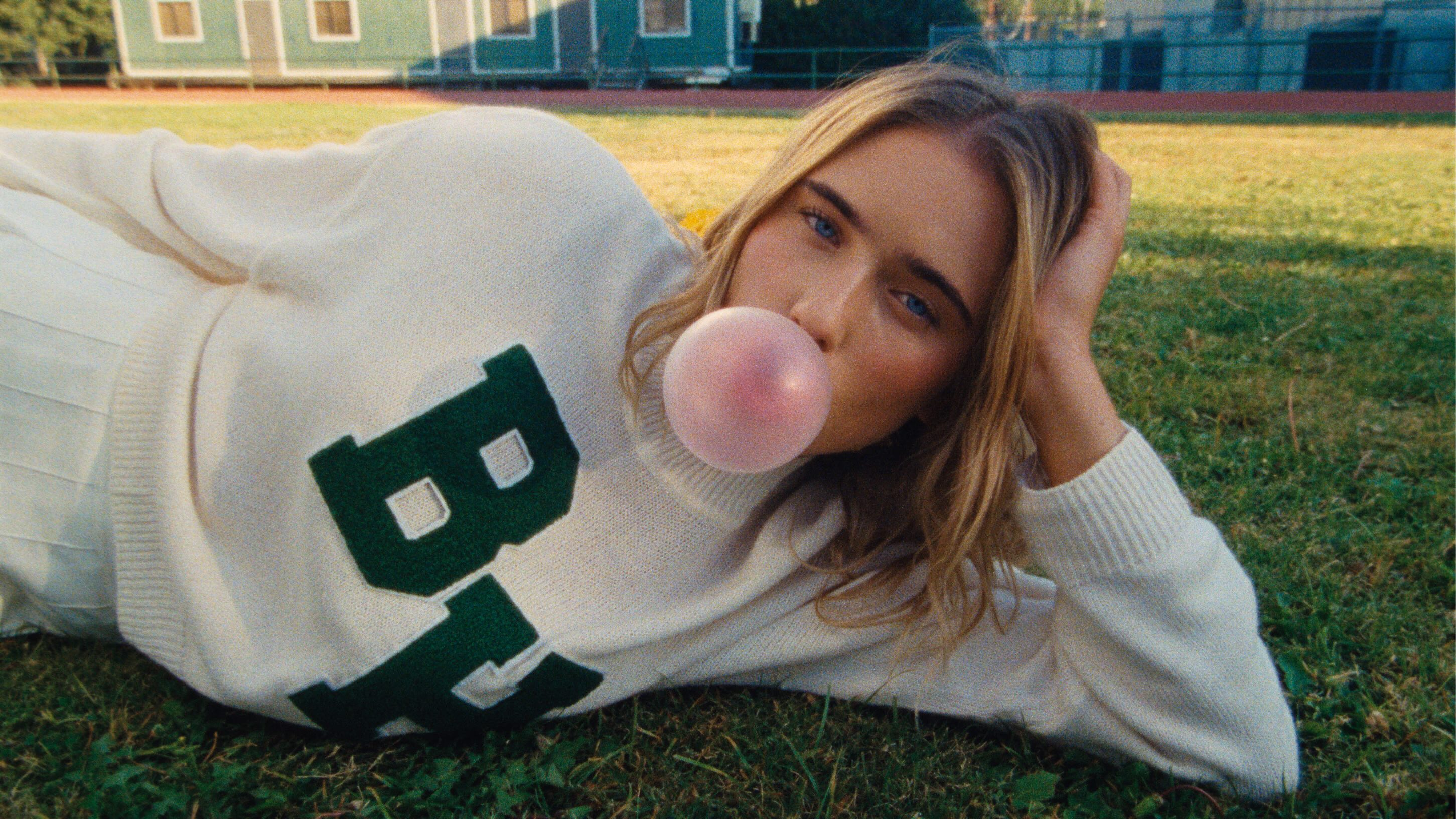

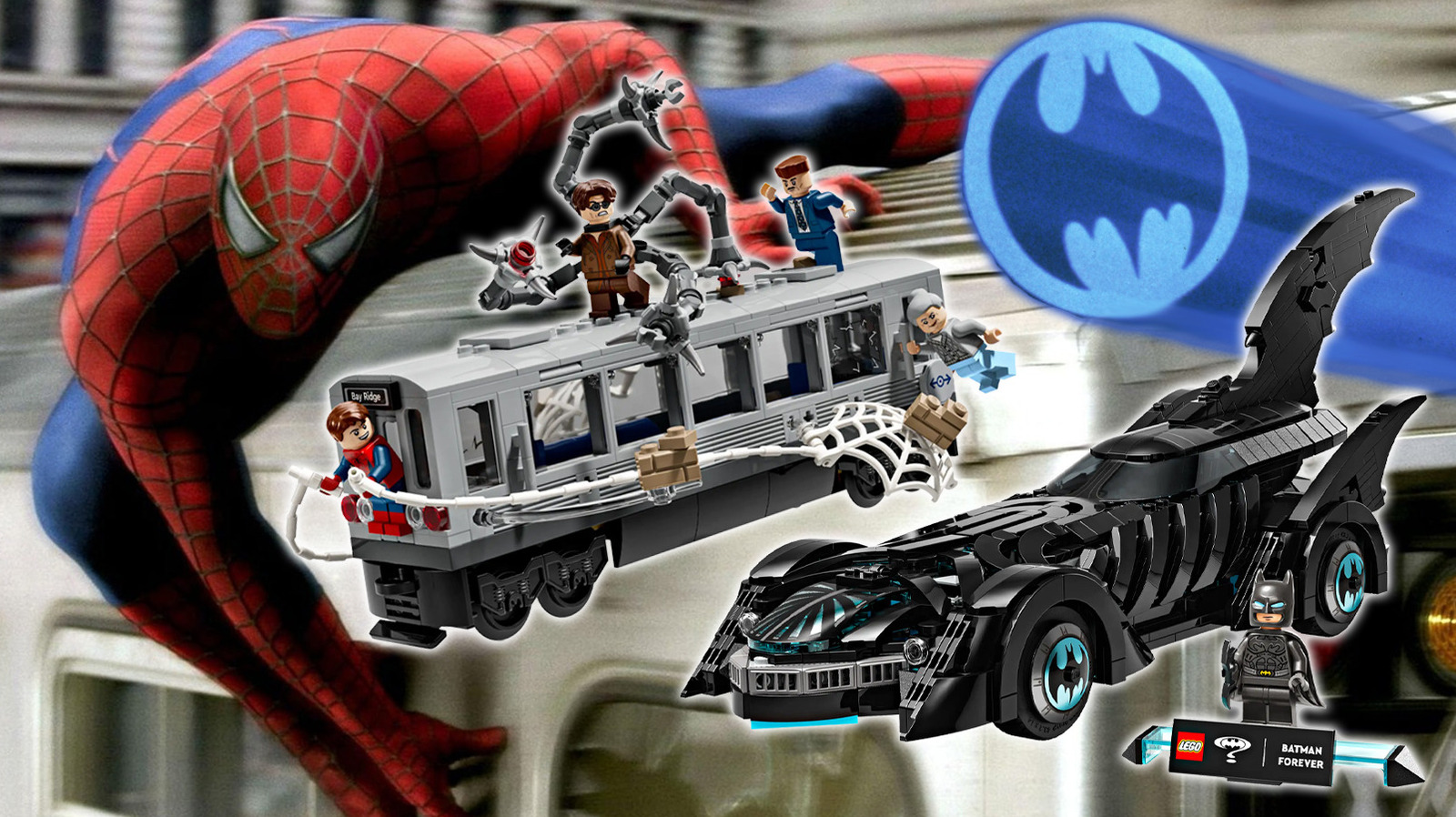













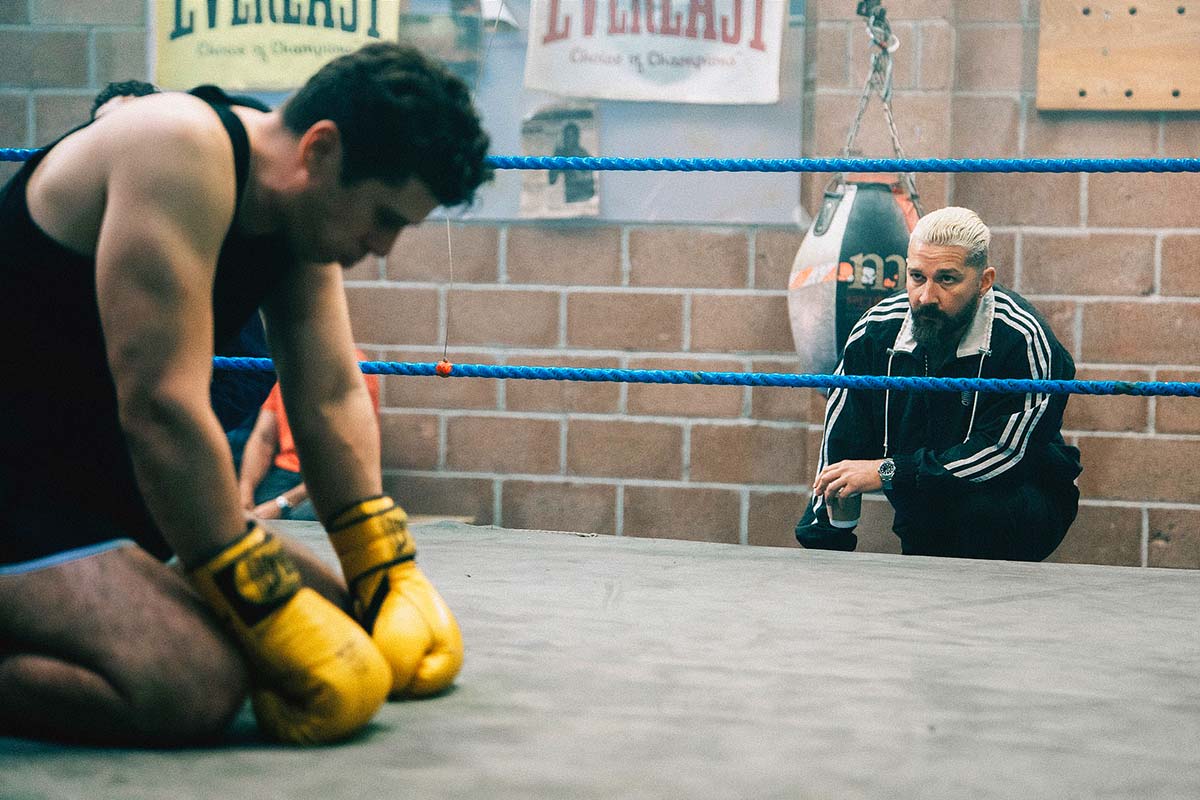

![‘Sally’ Trailer: Acclaimed Sundance Doc About Trailblazing First Woman To Blast Into Space [Ned]](https://cdn.theplaylist.net/wp-content/uploads/2025/05/02065833/unnamed-2025-05-02T065720.586.jpg)



